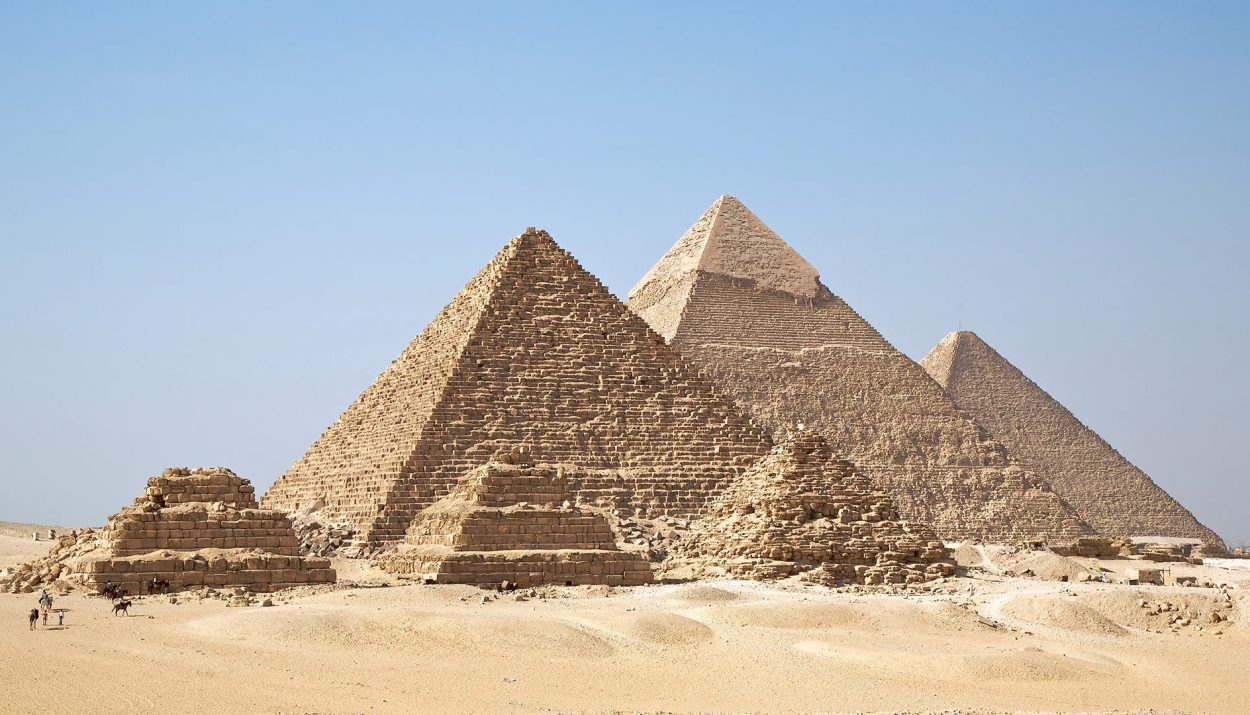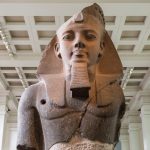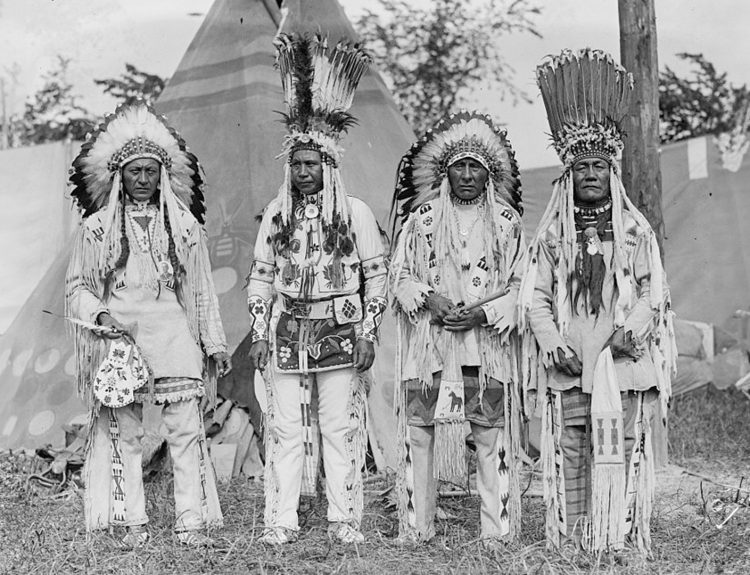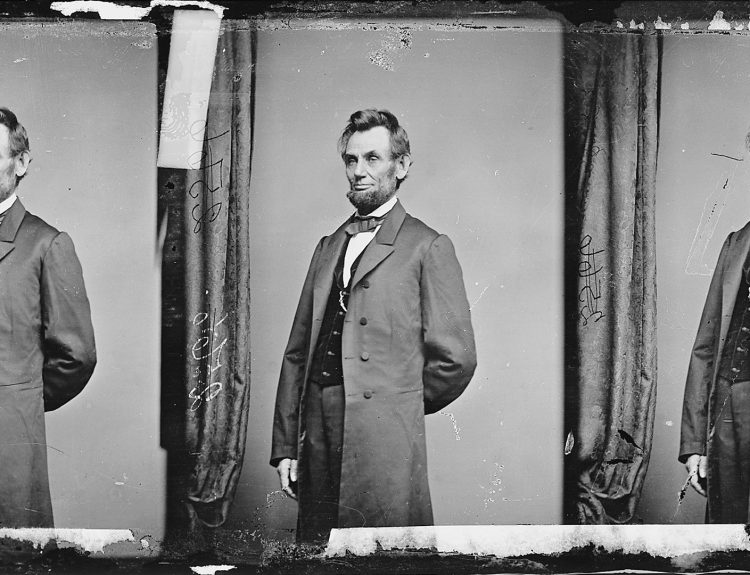Welcome, history buffs and trivia enthusiasts, to a journey back in time to the fascinating world of Ancient Egypt! Step into the shoes of an archaeologist, unravel the secrets of the pharaohs, and test your knowledge with our brand new trivia game.
1. What was the name of the highest-ranking ruler in ancient Egypt?

A. Pharaoh
B. President
C. Messiah
D. Czar
Answer: A. Pharaoh
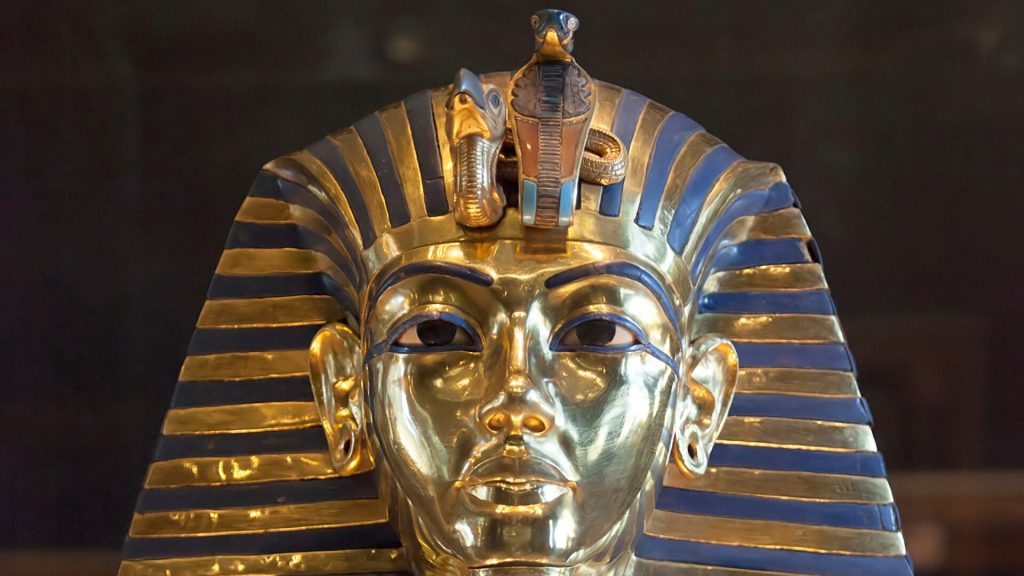
Insight: The title of “pharaoh” was bestowed upon the rulers of ancient Egypt, signifying their dual role as both political leaders and religious figures. Interestingly, this term wasn’t adopted by Egyptians until approximately 1200 BC.
2. What was the name of the river around which ancient Egyptian society was built?

A. Nile
B. Tigris
C. Arno
D. Mississippi
Answer: A. Nile

Insight: Ancient Egypt flourished along the banks of the Nile River, which provided essential fertile soil for agriculture. Egyptians depended on the annual flooding of the Nile to enrich their land, enabling the cultivation of crops that sustained their civilization.
3. Egyptians used a system of small pictures and symbols to write. What were these called?
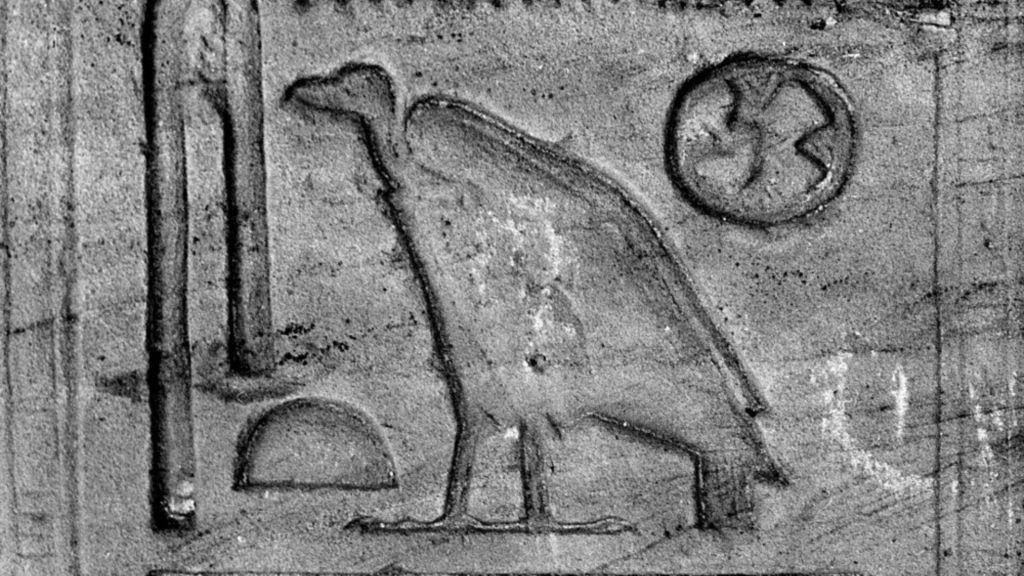
A. Cuneiform
B. Codification
C. Hieroglyphics
D. Alphabet
Answer: C. Hieroglyphics
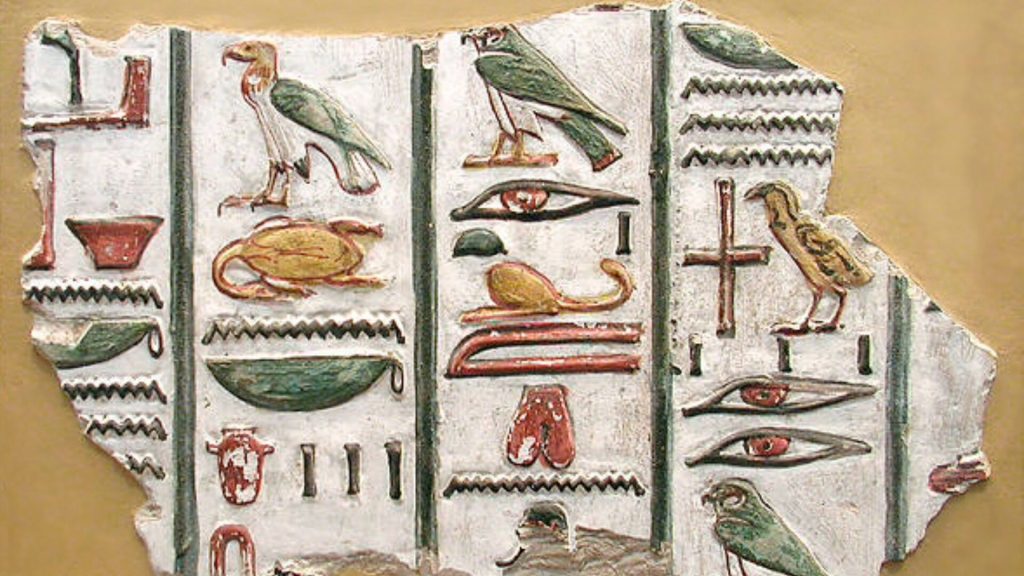
Insight: Ancient Egyptians utilized hieroglyphics, meaning “holy engraving,” as their form of writing. These intricate symbols were employed to document a wide range of subjects including political affairs, economic transactions, and religious rituals.
4. This woman was the second female pharaoh of Egypt. She is considered one of the most successful pharaohs for her building projects.
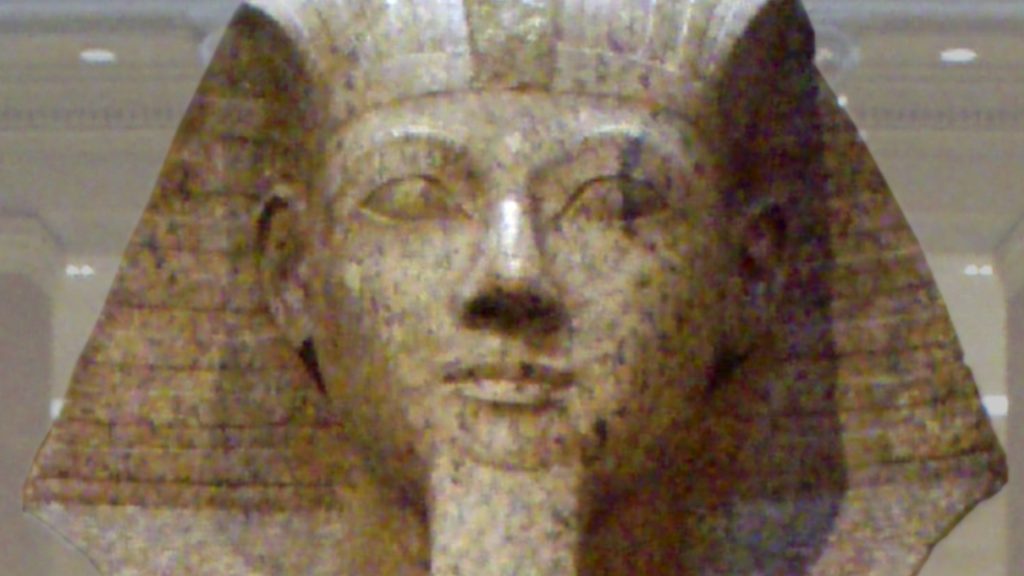
A. Mother Theresa
B. Hatshepsut
C. Atia of the Julii
D. The Virgin Mary
Answer: B. Hatshepsut
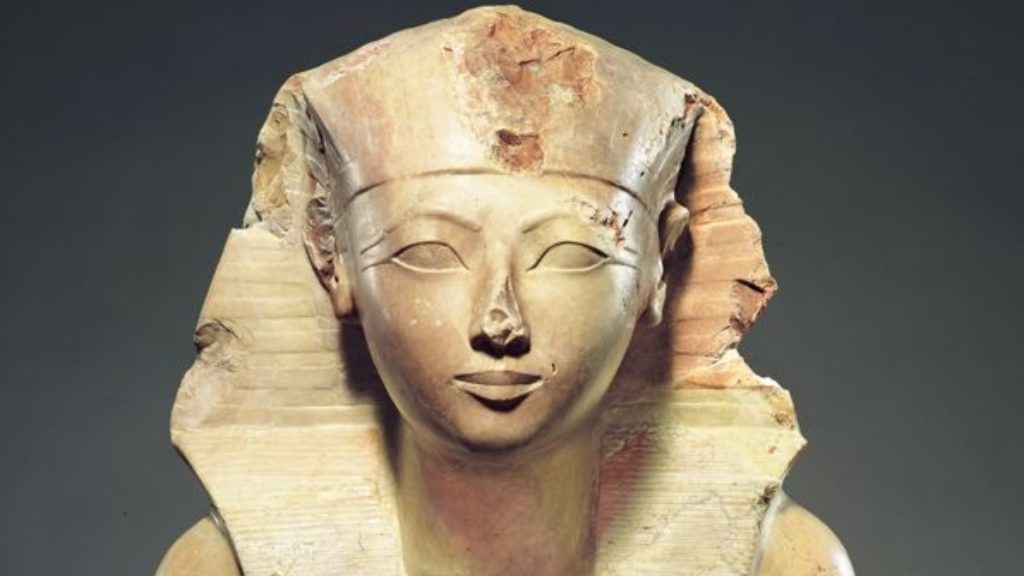
Insight: Hatshepsut, a prominent figure in ancient history, held significant power as the second female pharaoh. Renowned for her emphasis on peaceful trade and extensive building initiatives, she left an enduring legacy as one of the most influential women of her time.
5. The newly-unified Egypt grew fast because of its well-administered state. Which of these was NOT a feature of Egyptian government in the Old Kingdom?

A. Tax collection
B. Legal and justice system
C. State-sponsored irrigation
D. A constitution
Answer: D. A constitution
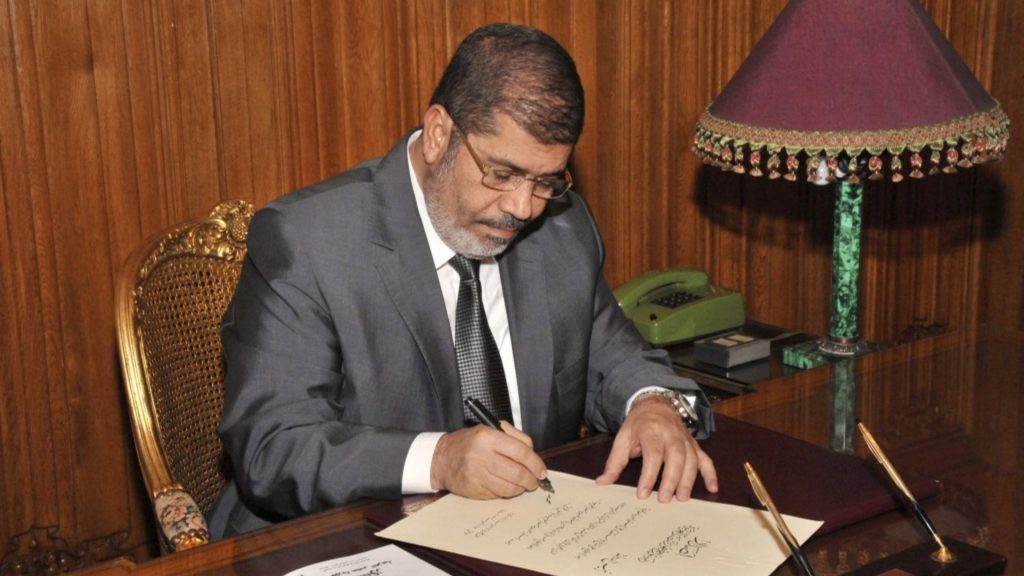
Insight: The success of ancient Egyptian governance stemmed from its efficient administration, which encompassed effective tax collection, the establishment of legal codes, and the implementation of state-sponsored agricultural projects.
6. Where did the burial of the illustrious Pharaohs of Egypt’s 18th Dynasty take place?

A. Valley of the Kings
B. Saqqara
C. Giza Necropolis
D. Luxor Temple
Answer: A. Valley of the Kings
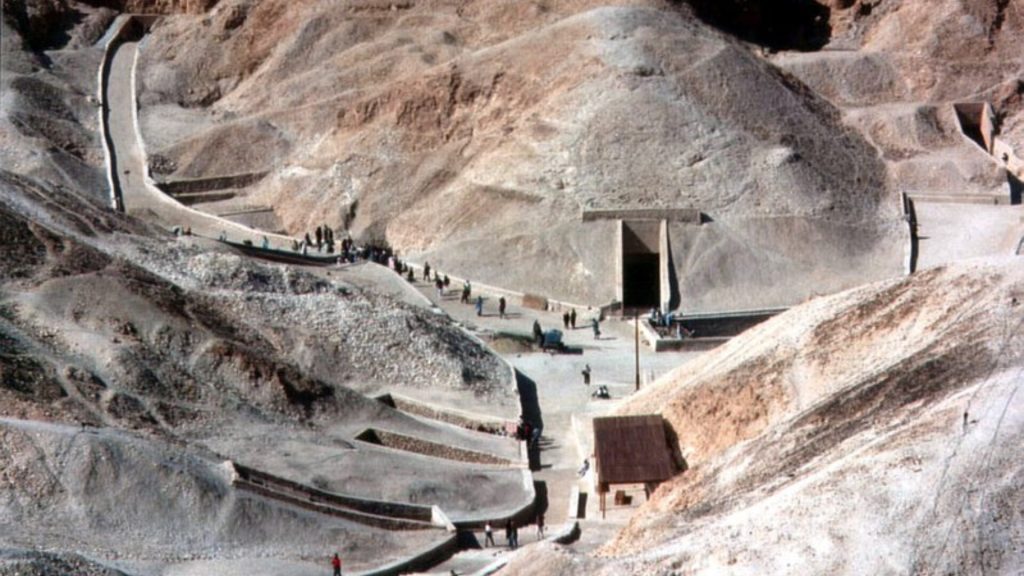
Insight: Pharaohs of Egypt’s 18th Dynasty ditched the old burial ground and chose the Valley of the Kings instead. This dramatic shift resulted in 62 fascinating tombs, each decorated with unique stories. The Valley became a goldmine for history, especially after the incredible discovery of Tutankhamun’s untouched tomb.
7. Known for her painted sandstone bust, this historical figure’s name means “a beautiful woman has come.” Who is she?

A. Hathor
B. Bastet
C. Nefertiti
D. Akhenaten
Answer: C. Nefertiti
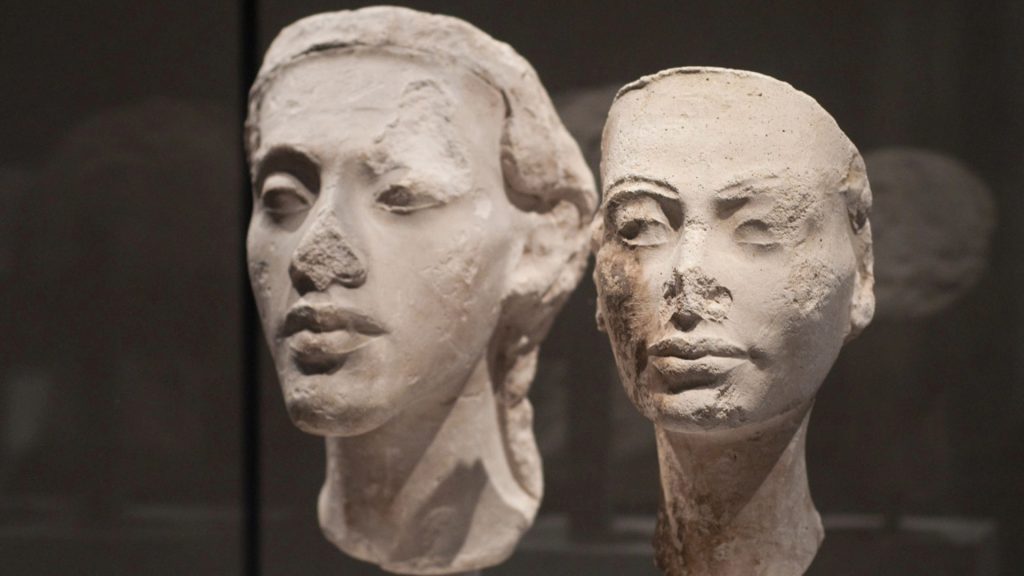
Insight: Nefertiti, a queen from Egypt’s 18th Dynasty, reigned alongside Pharaoh Akhenaten. Her most famous image is a painted bust, which is now considered iconic for its portrayal of beauty and power.
8. The Old Kingdom period, from about 2686-2181 BC, was the period in which the most iconic structures of ancient Egypt were built. Which of these was an Egyptian construction from this time?
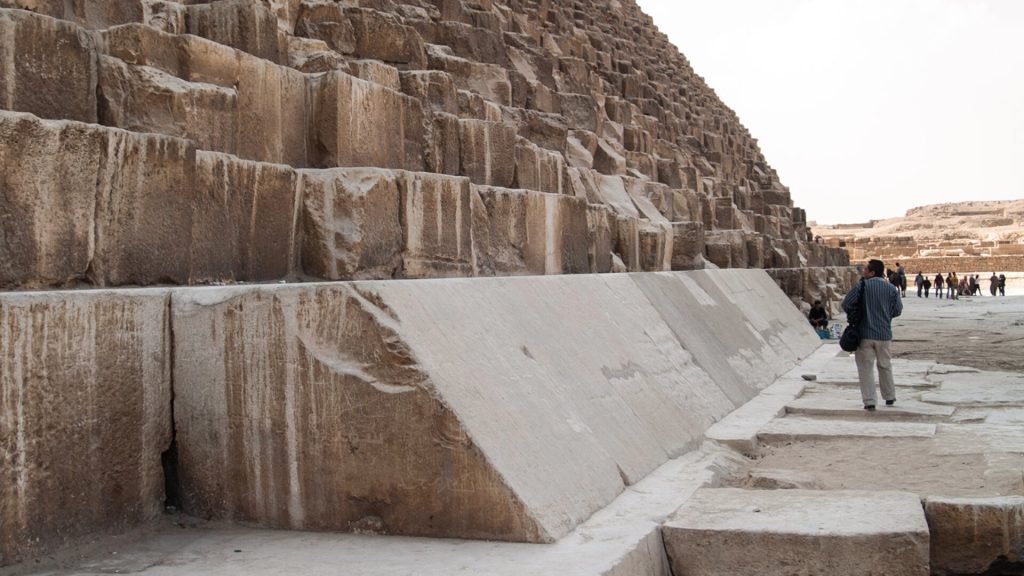
A. Colossus at Rhodes
B. Hanging Gardens of Babylon
C. Pyramids of Ziggurats
D. Pyramids of Giza
Answer: D. Pyramids of Giza

Insight: Built around 2575-2465 BC, the pyramids of Giza served as tombs for pharaohs. These magnificent structures housed the mummified bodies along with provisions believed to be essential for the afterlife, such as food, clothing, valuables, and even slaves.
9. This Greek king took over Egypt from the Persians, and was welcomed as a liberator.
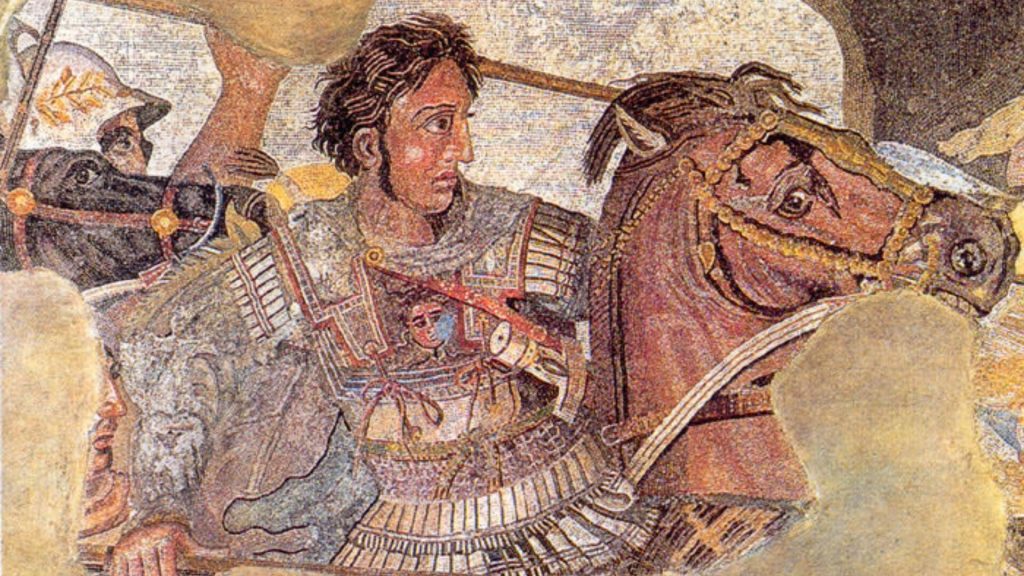
A. Hammurabi
B. Jesus Christ
C. Alexander the Great
D. King James
Answer: C. Alexander the Great
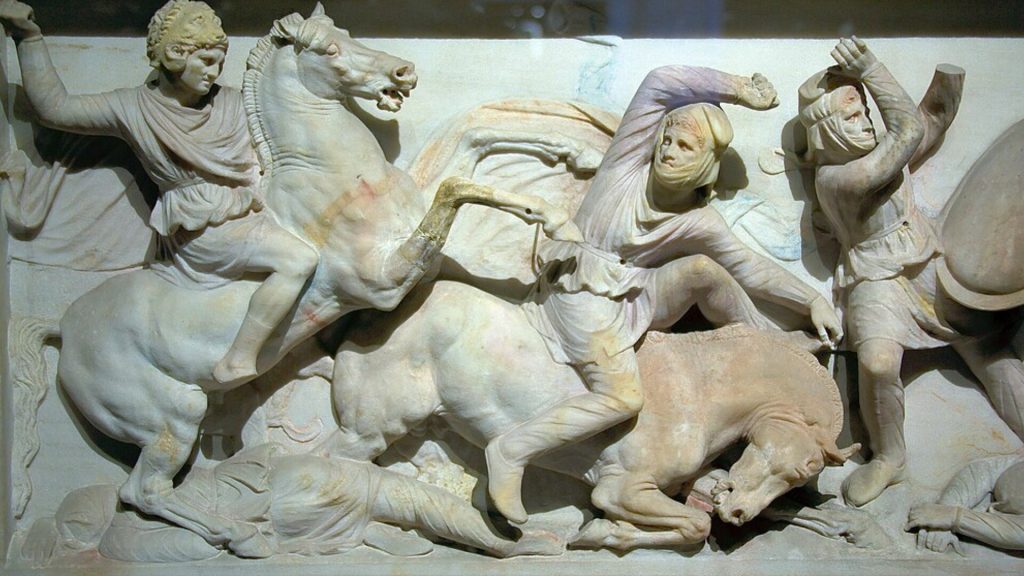
Insight: In 332 BC, Alexander the Great accomplished the historic feat of conquering ancient Egypt. This conquest marked a significant turning point in history, as it brought about a profound cultural exchange between the Hellenistic world and the ancient Egyptian civilization.
10. Which European power colonized Egypt and popularized ancient Egyptian history for a mass audience?
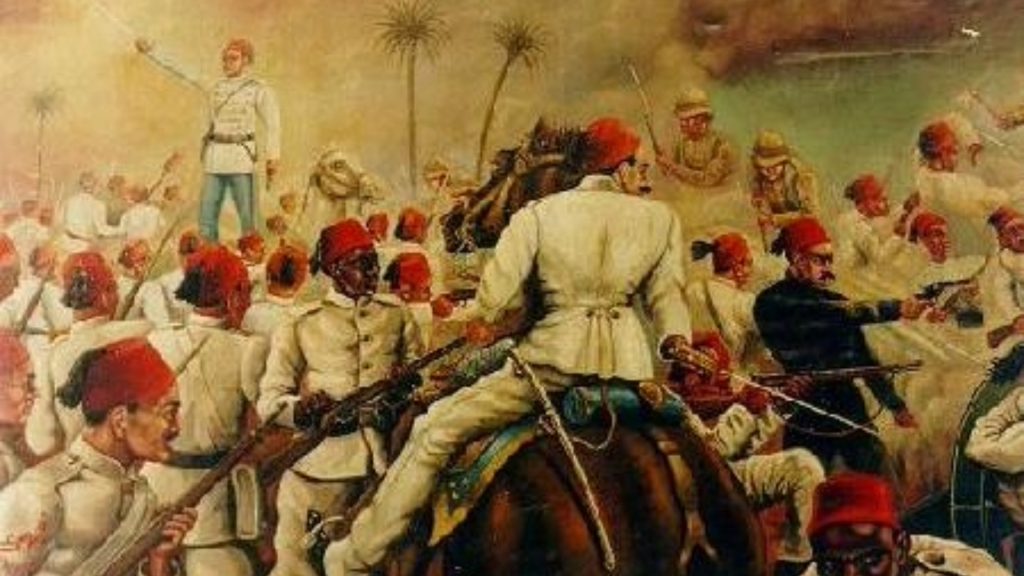
A. Portuguese
B. French
C. Dutch
D. British
Answer: D. British
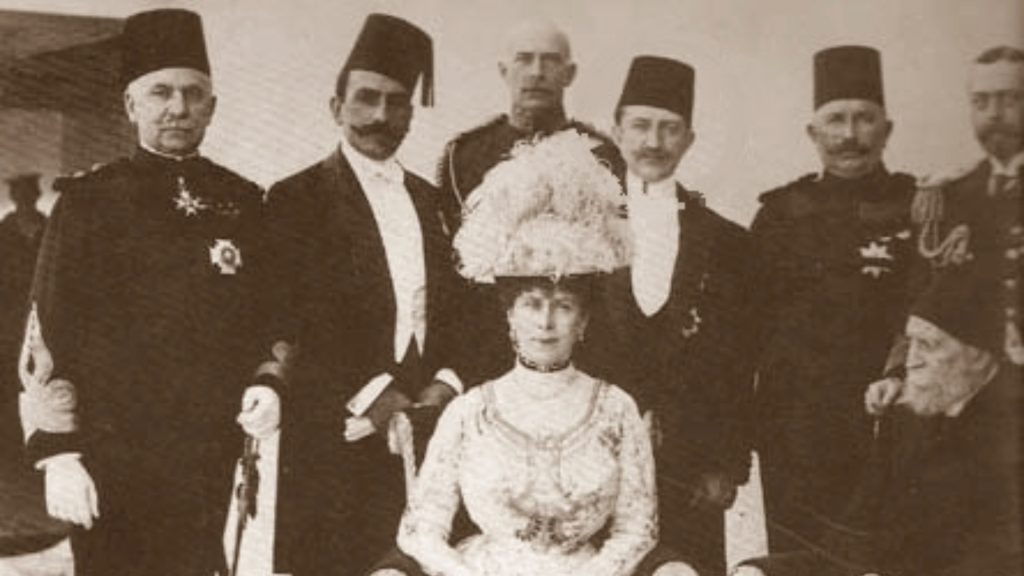
Insight: British archaeological studies in Egypt began long before their official colonization in 1914, extending well into the early 20th century. Despite their formal presence lasting until 1952, Britain’s engagement with Egyptian territory was deeply rooted in historical and archaeological exploration conducted decades prior.
11. What was the name of the Greek dynasty that ruled Egypt?
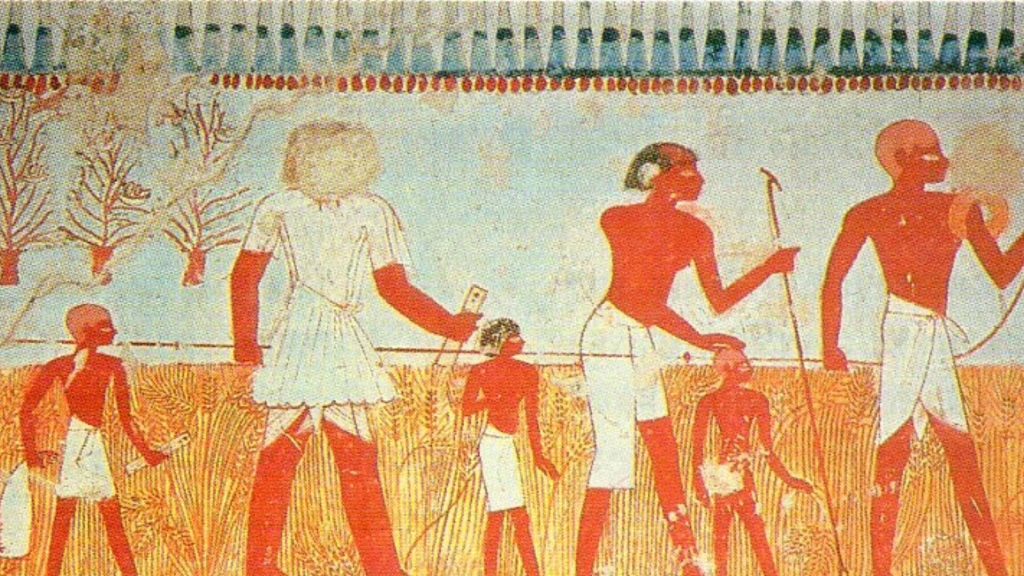
A. Tudor
B. Hohenzollern
C. Castille
D. Ptolemy
Answer: D. Ptolemy

Insight: The Ptolemys, although not native to Egypt, held sway over the region as its rulers until 30 BC. At that time, they succumbed to Roman conquest, ending their dynasty’s reign over Egypt.
12. Ancient Egyptian society was highly stratified. Most people had what occupation?

A. Servant
B. Farmer
C. Tax collector
D. Priest
Answer: B. Farmer
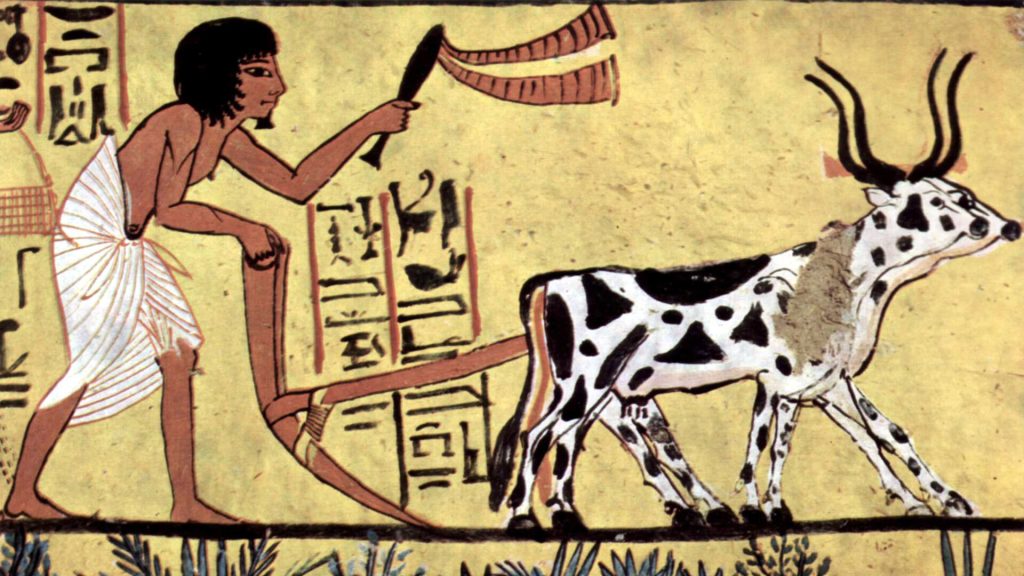
Insight: In ancient Egypt, the agricultural lifestyle of the majority revolved around farming, with the Nile River serving as the lifeblood of their civilization. Farmers calculatedly timed their planting and harvesting activities in alignment with the natural rhythms of the Nile’s flooding and receding waters.
13. What is the term used to describe the border that encloses the name of a pharaoh?
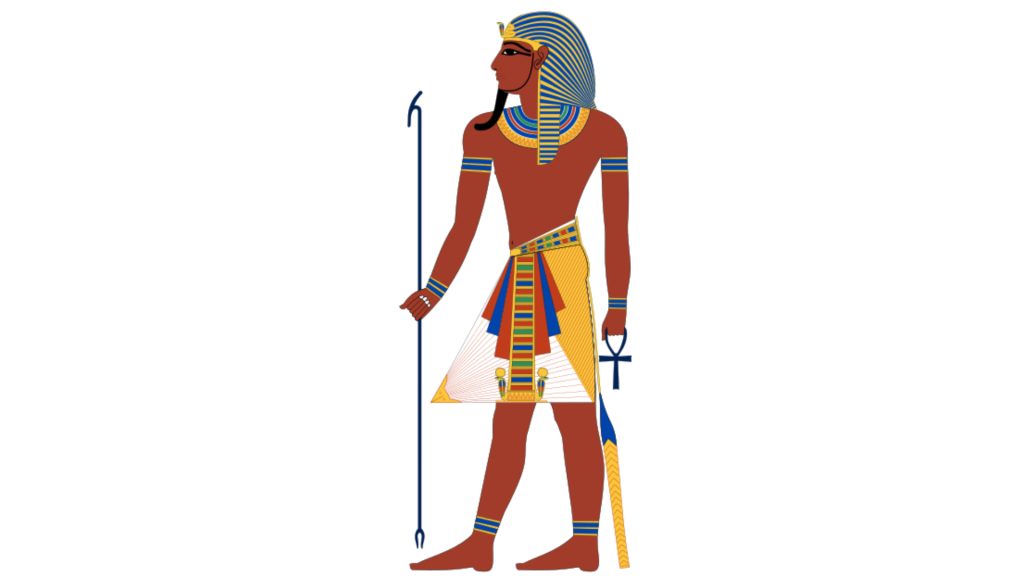
A. Cartouche
B. Hemhem
C. Nebty
D. Serekh
Answer: A. Cartouche

Insight: Pharaoh’s names were enclosed in special borders called cartouches, which symbolized protection. Egyptians used various hieroglyphs like ‘shen’ for eternity and ‘ankh’ for life, adding them to cartouches for spiritual power.
14. The god Osiris was worshiped as the king of the earth. Who was his wife, the queen?
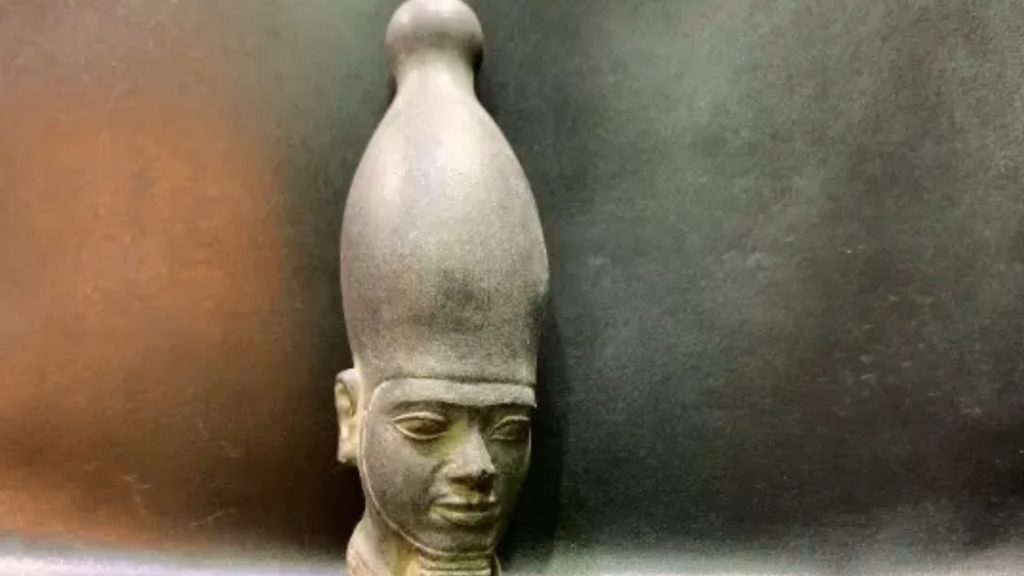
A. The Virgin Mary
B. Venus
C. Nefertiti
D. Isis
Answer: D. Isis
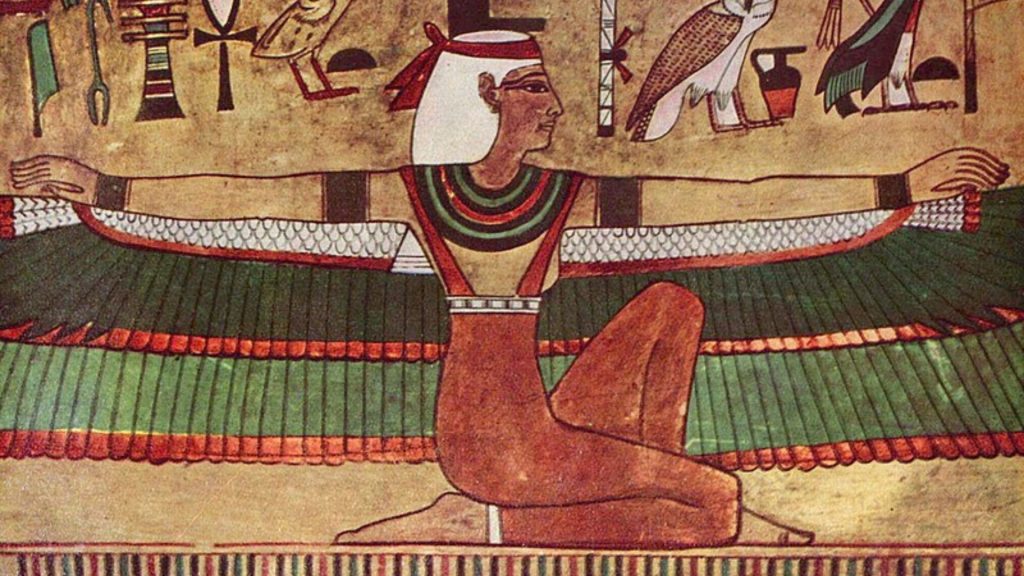
Insight: Isis and Osiris ruled as queen and king of the earth until Osiris’s brother, Set, overthrew him. Osiris then became king of the underworld, leaving Isis to mourn his loss and seek justice against Set for his treachery.
15. What was the outcome of the Battle of Actium in 31 BCE?

A. Cleopatra defeated Octavian’s forces
B. Cleopatra and Antony’s navy was almost completely obliterated and Cleopatra had to flee back to Egypt with Antony lagging behind
C. The battle ended in a stalemate with no significant losses on either side
D. Cleopatra and Antony convincingly won the battle
Answer: B. Cleopatra and Antony’s navy was almost completely obliterated and Cleopatra had to flee back to Egypt with Antony lagging behind
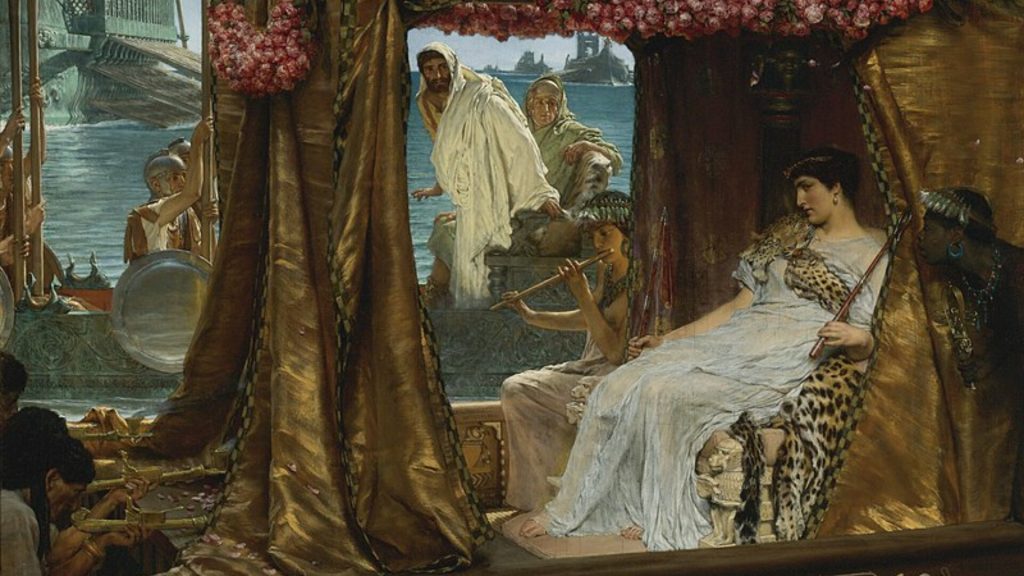
Insight: Mark Antony and Cleopatra’s navy suffered a crushing defeat at Actium, forcing them to flee to Egypt. This loss marked the turning point in the Roman power struggle. With their hopes of victory shattered, the stage was set for Octavian’s rise to power as the first Roman Emperor, Augustus.
16. This person, often remembered the most powerful ruler of ancient Egypt, is sometimes called “Ozymandias.”

A. Abraham
B. Tutankhamun
C. Julius Caesar
D. Ramses II
Answer: D. Ramses II
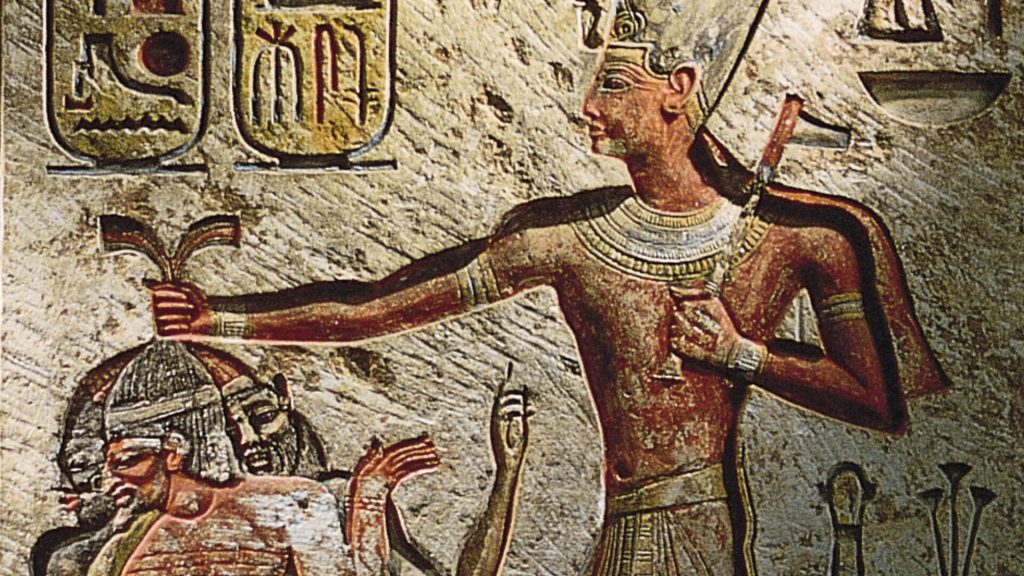
Insight: Pharaoh Ramses II, known for his vast conquests and giant sphinx statues, is a legend. Even the mighty crumble, as Percy Shelley’s poem “Ozymandias” reminds us, reflecting on the ruins of the once-great ruler.
17. Which colorful sea borders Egypt to the east?
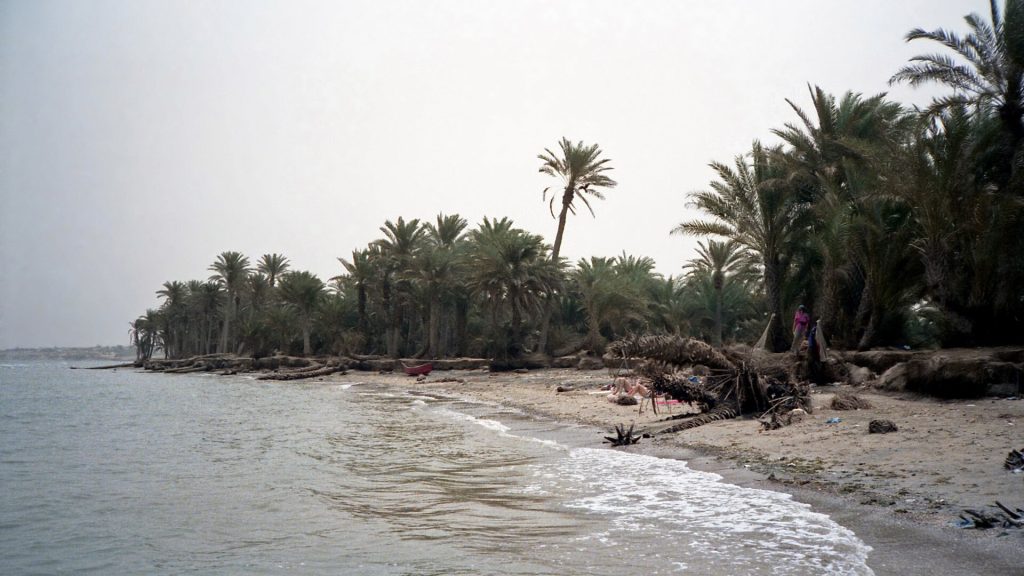
A. Black Sea
B. Yellow Sea
C. Mediterranean Sea
D. Red Sea
Answer: D. Red Sea
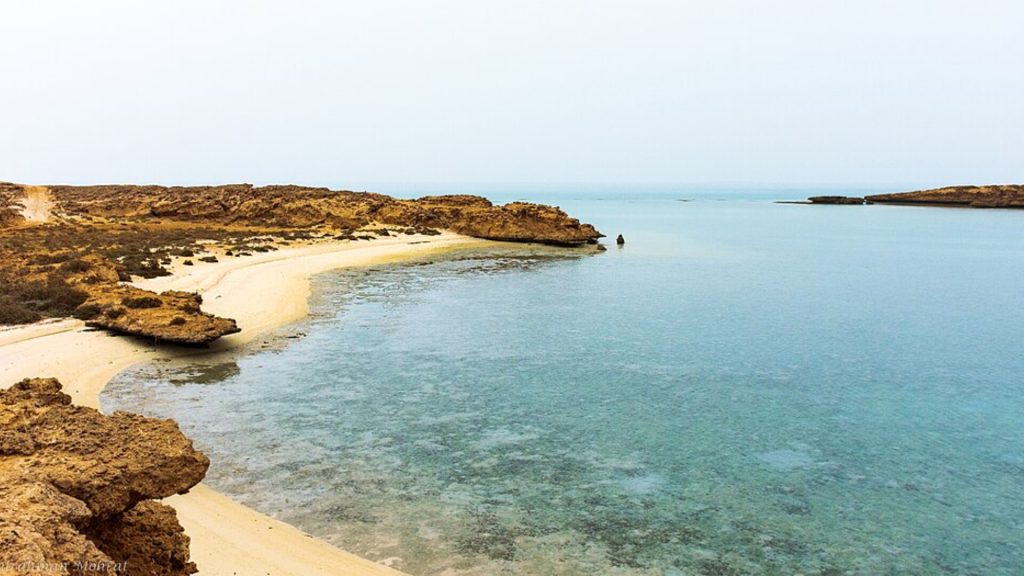
Insight: In Egypt, walking eastward leads you straight into the Red Sea. So, if you set out on foot in that direction, you’ll soon find yourself stepping into the waters of this iconic sea, known for its vibrant marine life and stunning coral reefs.
18. Which pharaoh reunited Egypt at the end of this period, and was the first pharaoh of the Middle Kingdom?
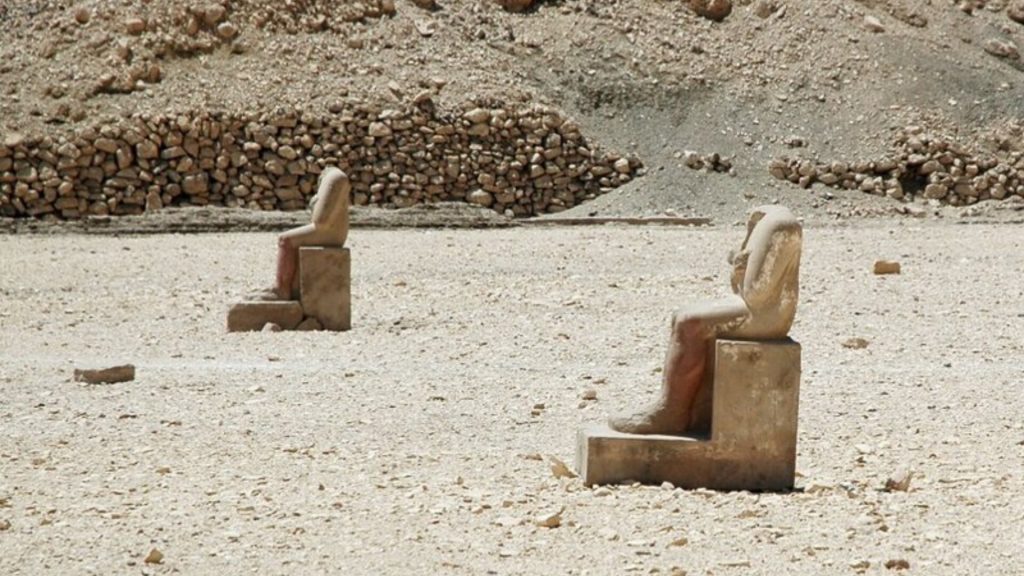
A. Nebuchadnezzar IV
B. Ivan the Terrible
C. Cyrus the Great
D. Mentuhotep II
Answer: D. Mentuhotep II
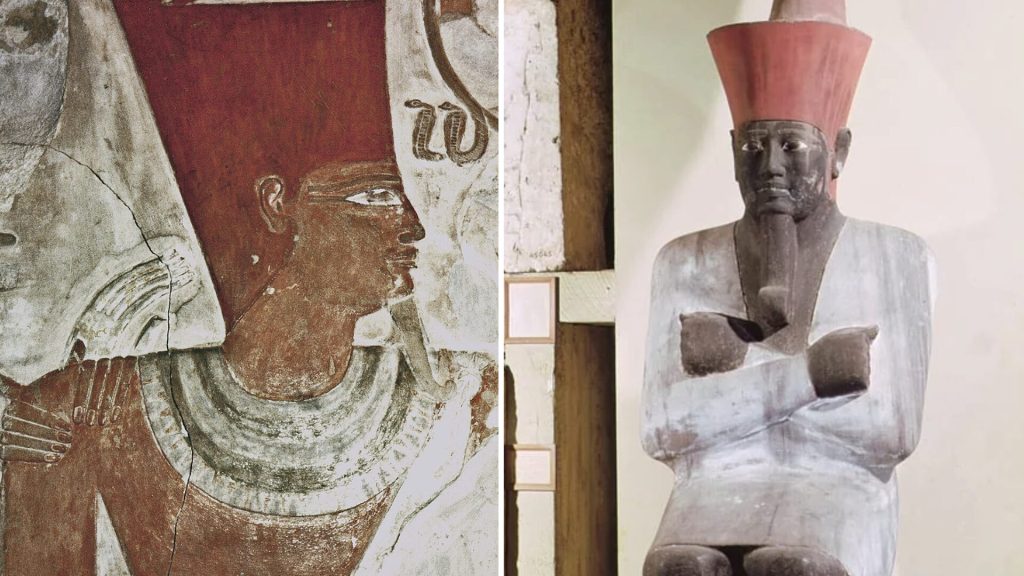
Insight: Mentuhotep II ascended as pharaoh during Egypt’s 11th dynasty, reuniting the land in 1991 BC. His rule marked a pivotal era, heralding unity after a period of fragmentation. Under his leadership, Egypt flourished, setting the stage for future dynasties’ prosperity.
19. Which majestic creature served as the hieroglyphic representation for the letter ‘L’?
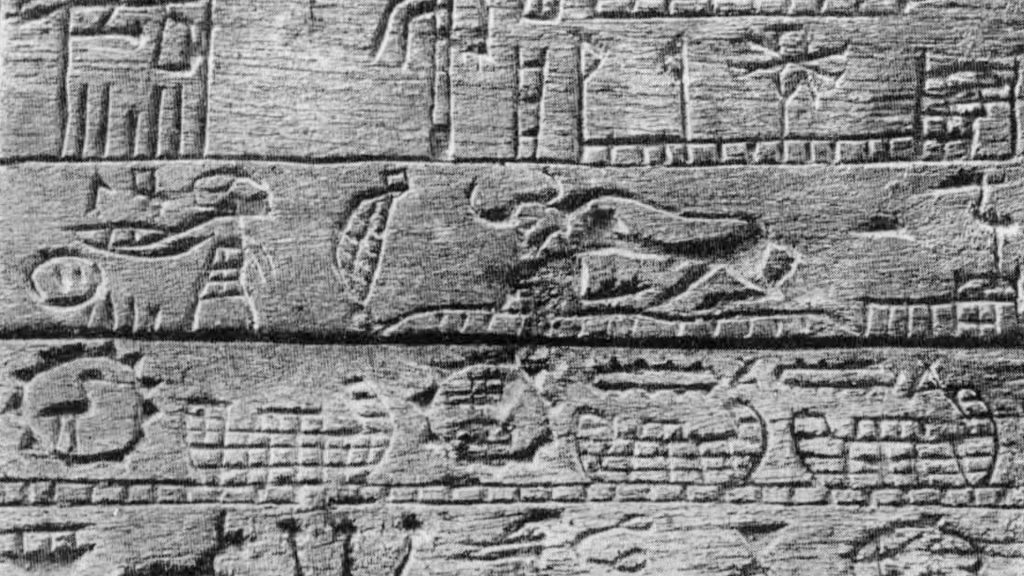
A. Lion
B. Panther
C. Elephant
D. Leopard
Answer: A. Lion
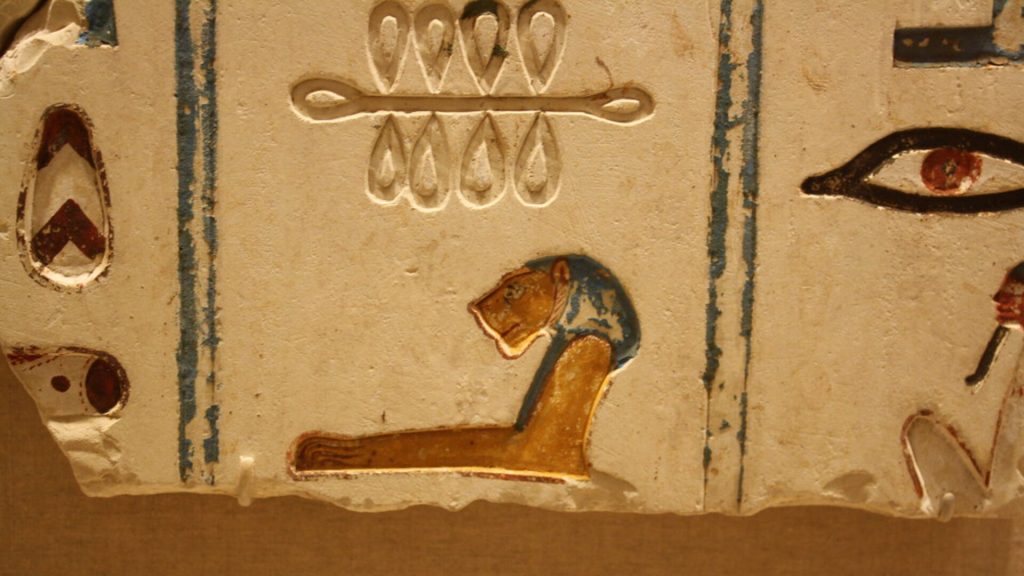
Insight: Though a powerful symbol throughout Egyptian history, the lion hieroglyph only became a letter (L) later on. This change helped write foreign names from the Greek rulers, just like the lion itself boldly adapted to a new role.
20. Although she’s known as the “Queen of Egypt,” Cleopatra was actually not Egyptian, but what nationality?
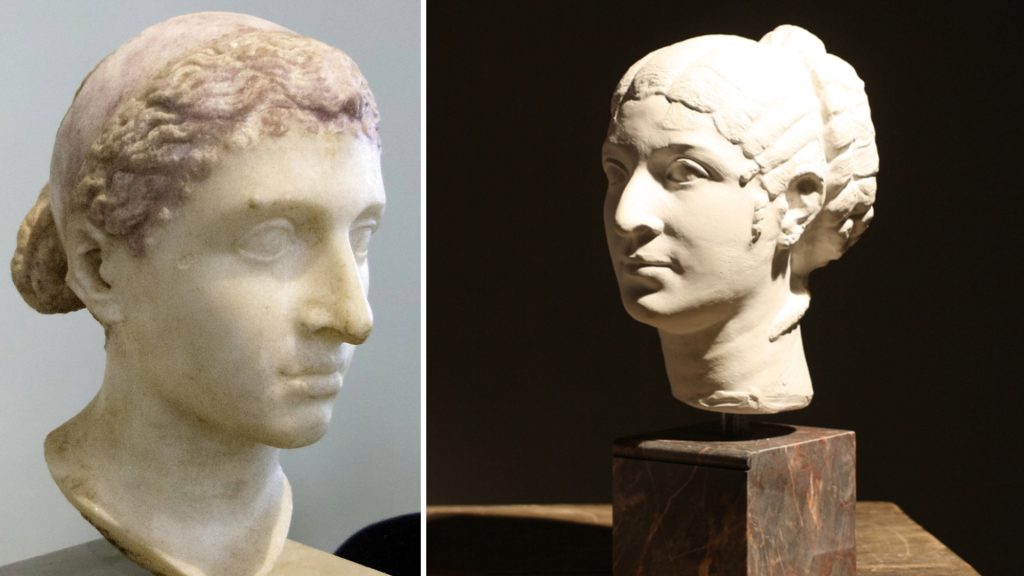
A. Phoenician
B. Roman
C. Sumerian
D. Greek
Answer: D. Greek

Insight: Following Alexander the Great’s reign, his general Ptolemy I Soter founded a Greek dynasty in Egypt that lasted for 300 years. Cleopatra, a descendant of Ptolemy, became embroiled in a deadly power struggle with her siblings for the throne. This fight for control tragically ended with her taking her own life.
21. This Egyptian pharaoh and his successors conquered massive amounts of northeast Africa and Mesopotamia. Who was it?

A. Charlemagne
B. Thutmose
C. Alexander the Great
D. Mentuhotep
Answer: B. Thutmose
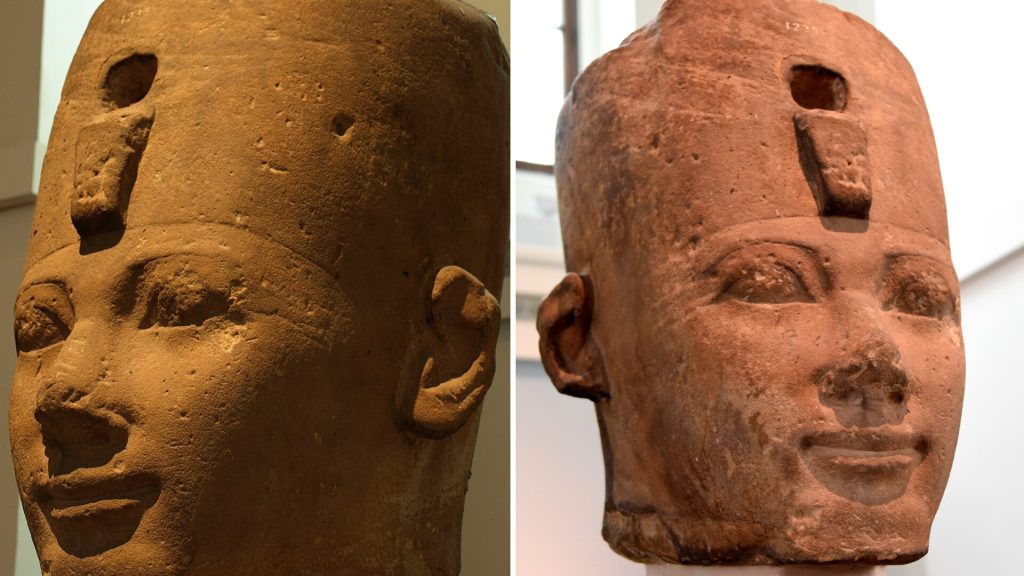
Insight: Thutmose I and his successors, Thutmose II and Thutmose III, oversaw the Egyptian empire’s expansion into Nubia, Canaan, and Phoenicia. This period marked significant territorial growth and influence for Egypt across these regions.
22. Amenhotep II, successor to a grand military king and ruler of a great empire, was particularly adept in which art form?
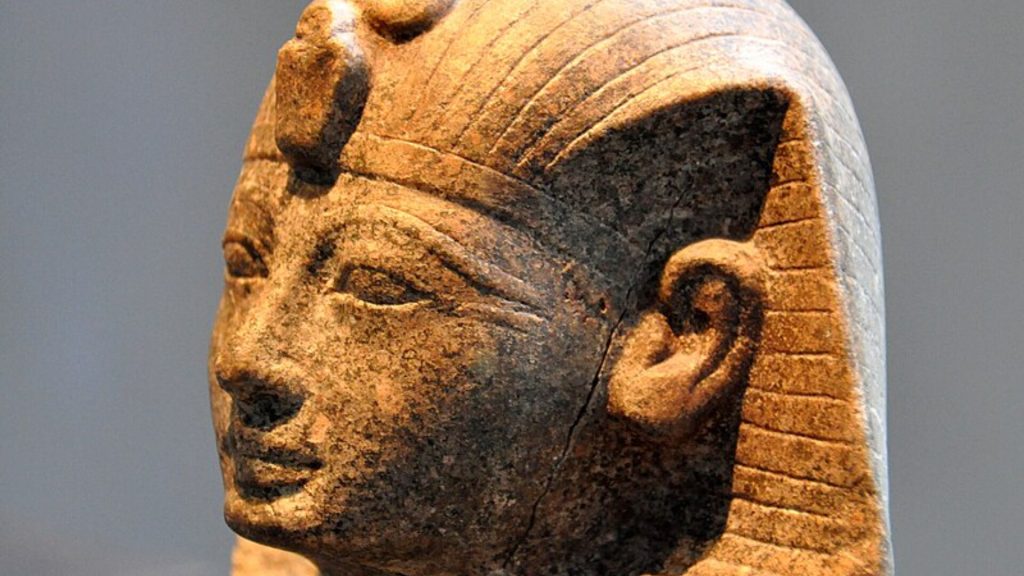
A. Wrestling
B. Swordsmanship
C. Poetry
D. Archery
Answer: D. Archery

Insight: Pharaoh Amenhotep II wasn’t just good with a bow, he was legendary. He could pierce thick copper with his arrows, a skill that impressed both on the battlefield and in the history books. His archery prowess was so admired, it was even immortalized in carvings and sculptures.
23. In 1506-1502 BC, this Egyptian pharaoh and his successors (who had the same name) conquered massive amounts of northeast Africa and Mesopotamia. Who was it?

A. Thutmose
B. Alexander the Great
C. Mentuhotep
D. Charlemagne
Answer: A. Thutmose
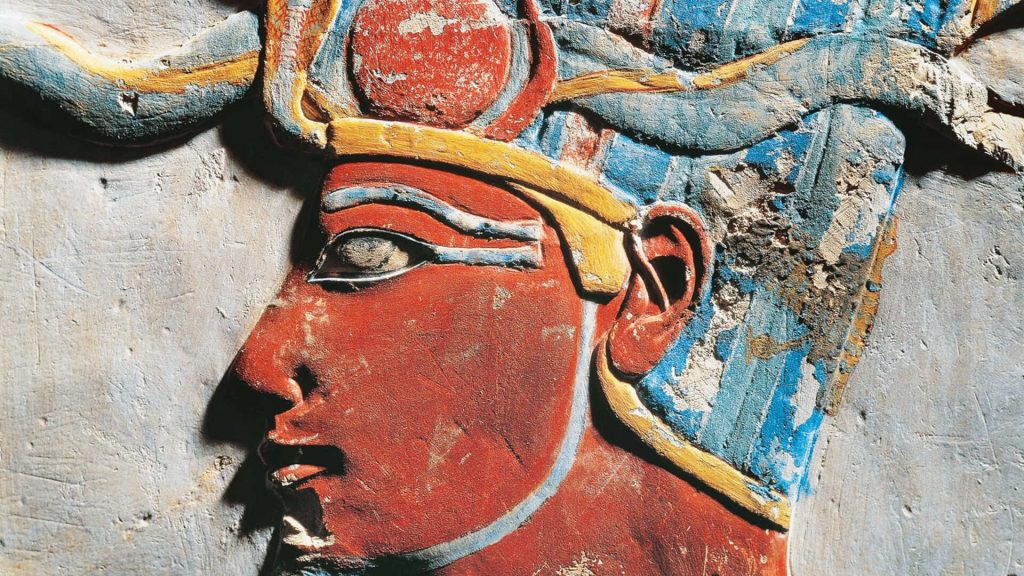
Insight: Thutmose I and his successors, Thutmose II and Thutmose III, oversaw the expansion of the Egyptian empire into regions like Nubia, Canaan, and Phoenicia. This period marked significant territorial growth and strategic influence beyond Egypt’s borders.
24. Which Roman general assisted Cleopatra in reclaiming her throne?
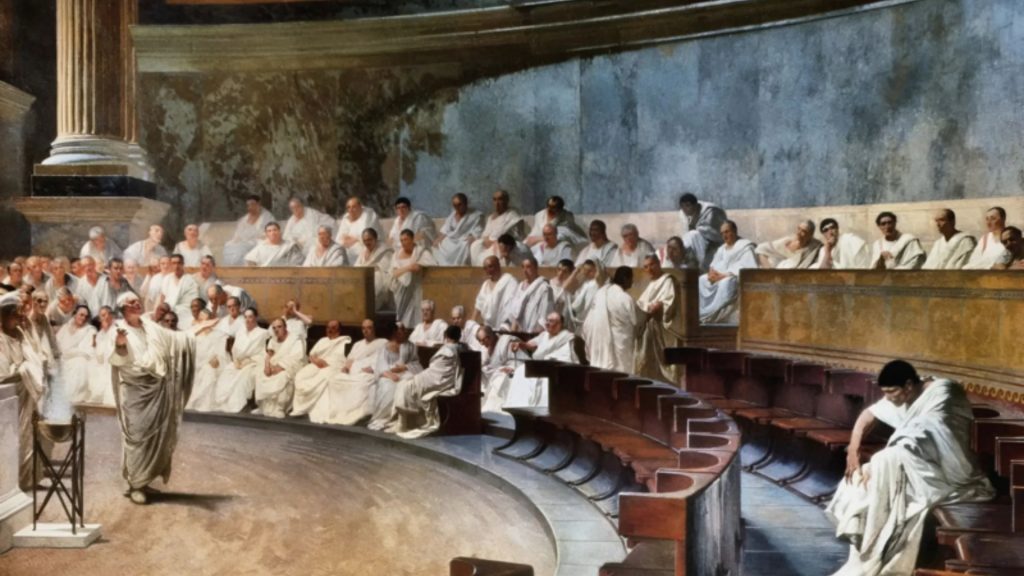
A. Lucius Cornelius Sulla
B. Marc Antony
C. Hannibal Barca
D. Julius Caesar
Answer: D. Julius Caesar
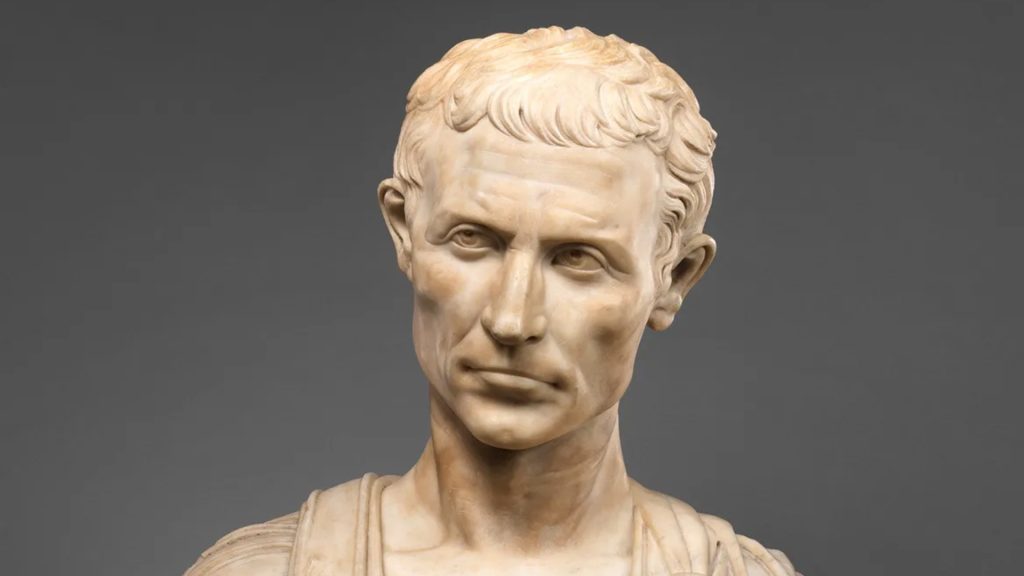
Insight: Taking the Egyptian throne, Cleopatra faced a challenge from her brother. Roman general Julius Caesar intervened, securing her reign and strengthening Roman-Egyptian ties. This marked the beginning of their fabled romance, which even led to having a infant together.
25. According to the ancient Egyptians, after death, the soul was weighed on scales against what to determine if it was worthy of the afterlife?
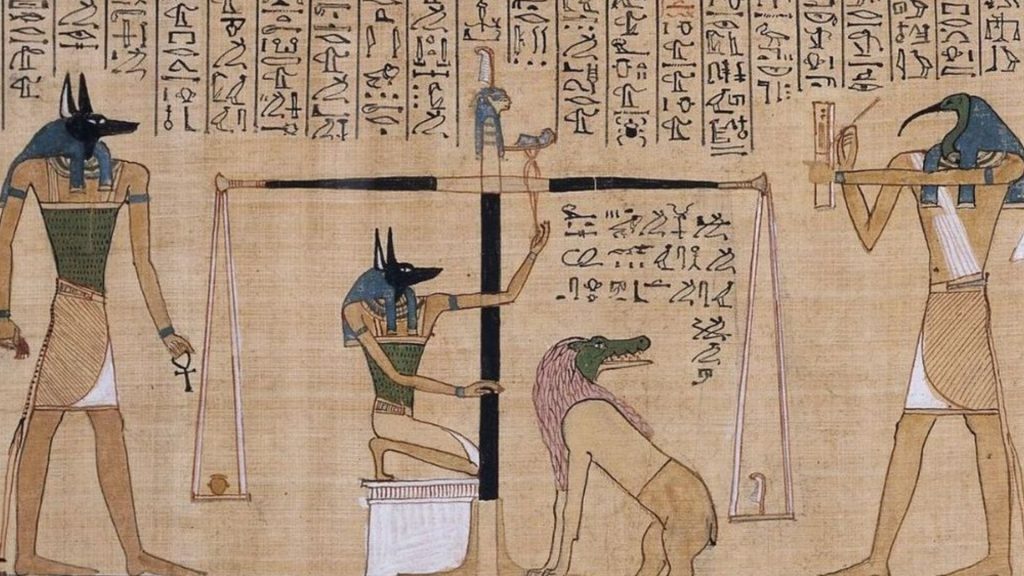
A. Sack of grain
B. Statue
C. Feather
D. The Book of the Dead
Answer: C. Feather
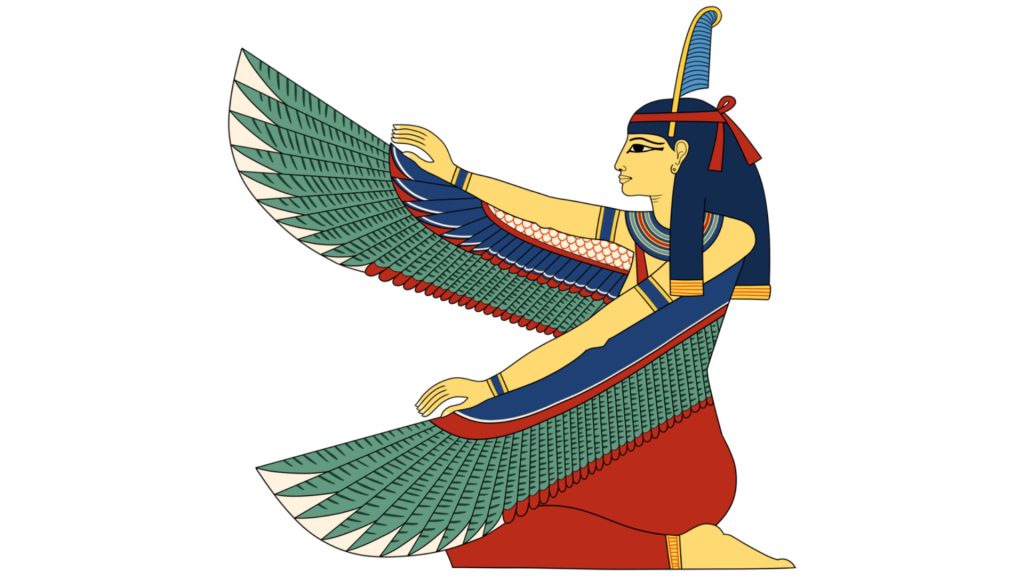
Insight: In ancient Egyptian belief, the soul underwent judgment in the afterlife, its weight compared to a feather on scales. If found lighter, it could proceed to paradise; heavier, it faced consequences. This symbolic weighing represented moral purity and divine justice.
26. What is the birth year of the Queen of the Nile, Cleopatra VII?
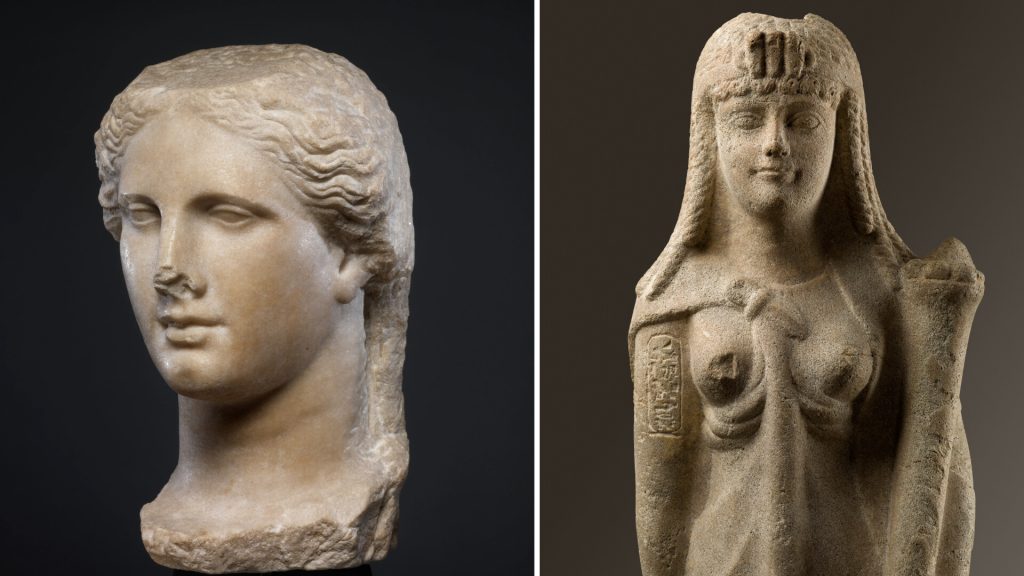
A. 69 CE
B. 450 CE
C. 69 BCE
D. 800 BCE
Answer: C. 69 BCE
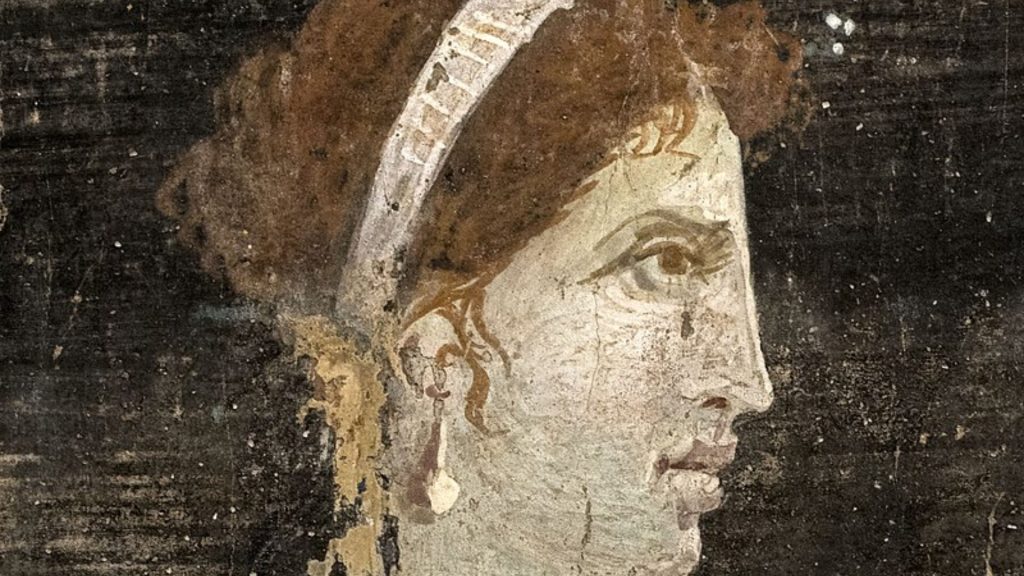
Insight: Born in 69 BCE, Cleopatra VII defied expectations to become the last active ruler of Egypt. A descendant of Alexander the Great’s general, Ptolemy I Soter, she reigned from 51 to 30 BC. Though details of her life come mainly from Greco-Roman sources like Plutarch, her legacy as a powerful queen is undeniable.
27. What self-given name did Amenhotep IV, the son of a former Pharaoh and the only monotheistic Pharaoh in ancient Egyptian history, choose for himself?

A. Seti
B. Ramses
C. Akhnaton
D. Nefertiti
Answer: C. Akhnaton

Insight: Akhenaten, Pharaoh Amenhotep IV, was a revolutionary ruler. He transformed Egypt from a polytheistic nation to one worshipping Aten, marking a dramatic shift in the country’s history.
28. Who was the renowned Queen of Egypt that ascended to the throne as Pharaoh after the demise of her spouse and sibling, Thutmose II?
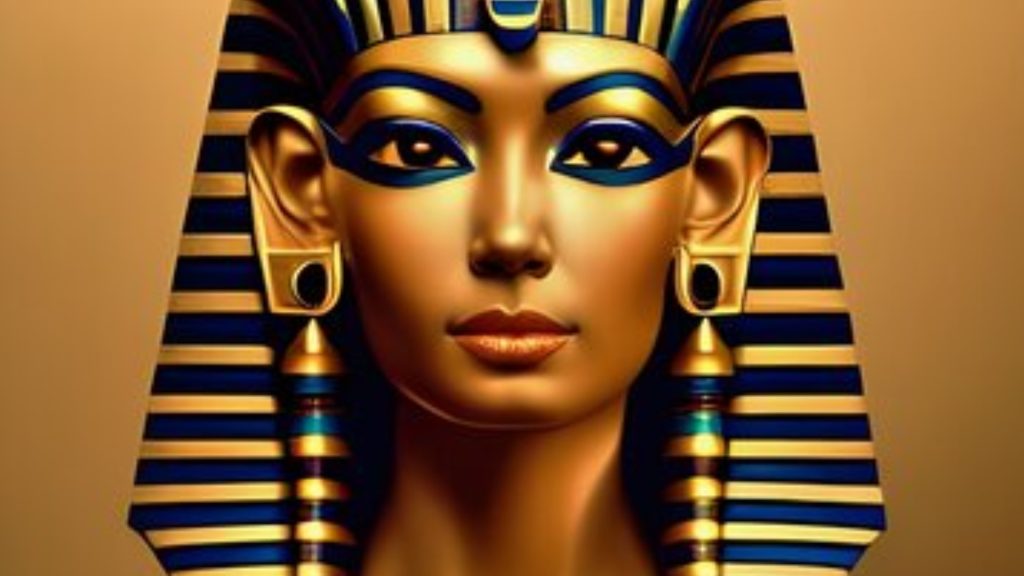
A. Pamai
B. Cleopatra
C. Hatshepsut
D. Sobekneferu
Answer: C. Hatshepsut
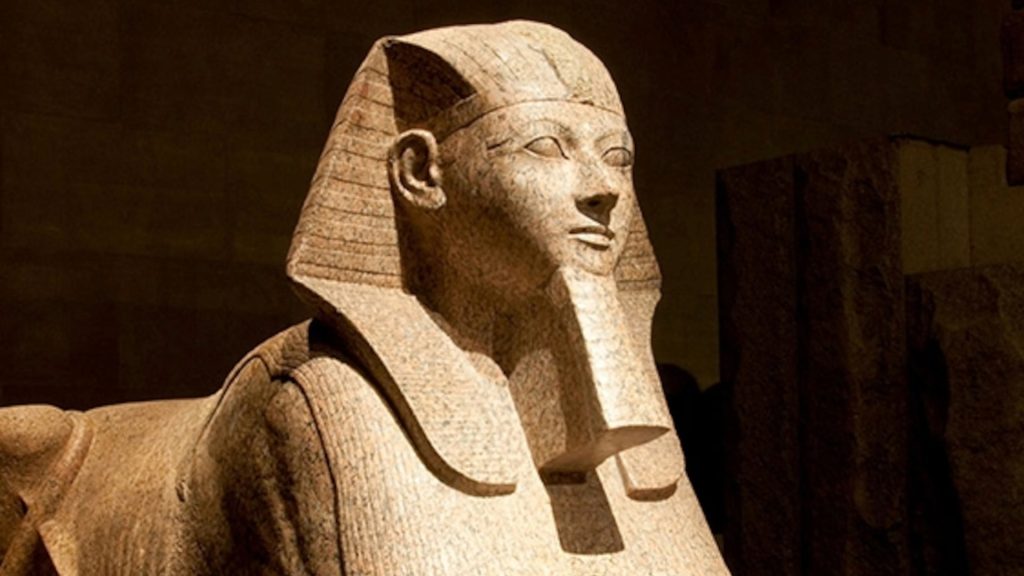
Insight: Hatshepsut, a powerful queen, became Pharaoh after her husband’s death. Initially ruling as regent for her young stepson, she eventually claimed full pharaoh status, wearing the pharaoh’s symbols and wielding undeniable authority.
29. He build extravagant monuments and palaces for himself. Can you name this self-indulgent individual?
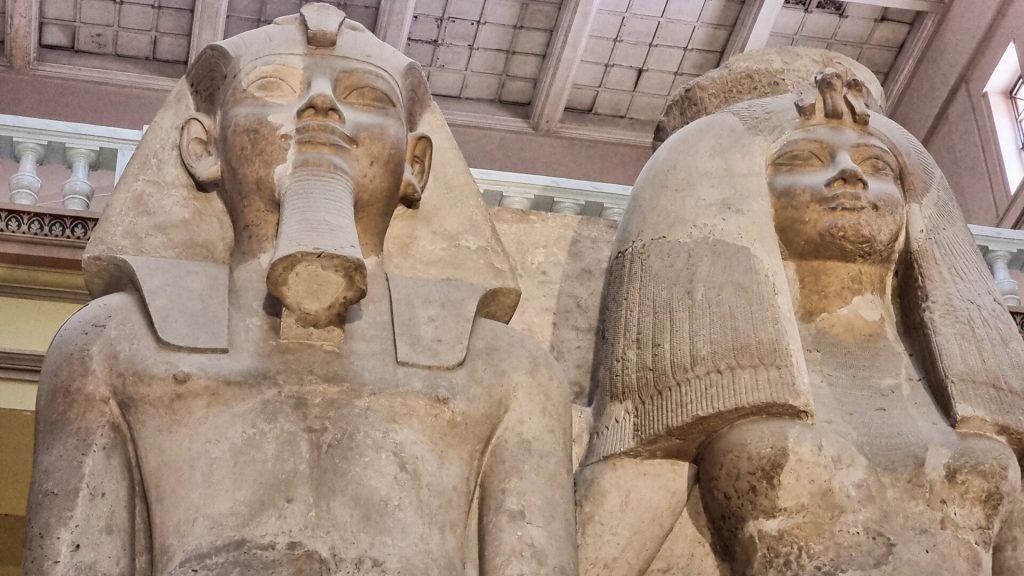
A. Amenhotep III
B. Akhenaten
C. Hatshepsut
D. Userhaten III
Answer: A. Amenhotep III

Insight: A powerful pharaoh of the 18th Dynasty, Amenhotep III, used his wealth to build amazing structures like the Colossus of Memnon. While some may have criticized his grand projects, they stand today as impressive reminders of ancient Egypt’s glory.
30. Which ancient Egyptian ruler, known for his military prowess, rose to power after the ‘regency’ of his stepmother, Queen Hatshepsut.
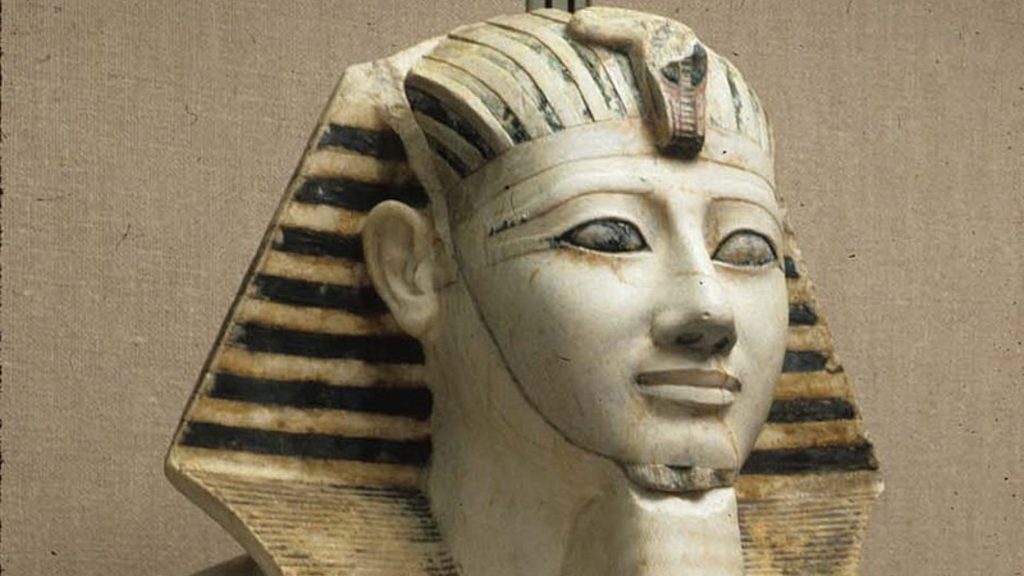
A. Cleopatra VII
B. Setnekht I
C. Amenhotep IV
D. Thutmose III
Answer: D. Thutmose III

Insight: Thutmose III, the successor to Hatshepsut, wasn’t one to rest. A brilliant military leader, he secured Egyptian dominance in Syria and Palestine for over a century. However, his relationship with Hatshepsut remained frosty. In a clear display of disapproval, he tried to erase her from history, replacing her legacy with that of his preferred figures.
31. Who oversaw the construction of Djoser’s step pyramid during the Old Kingdom period?
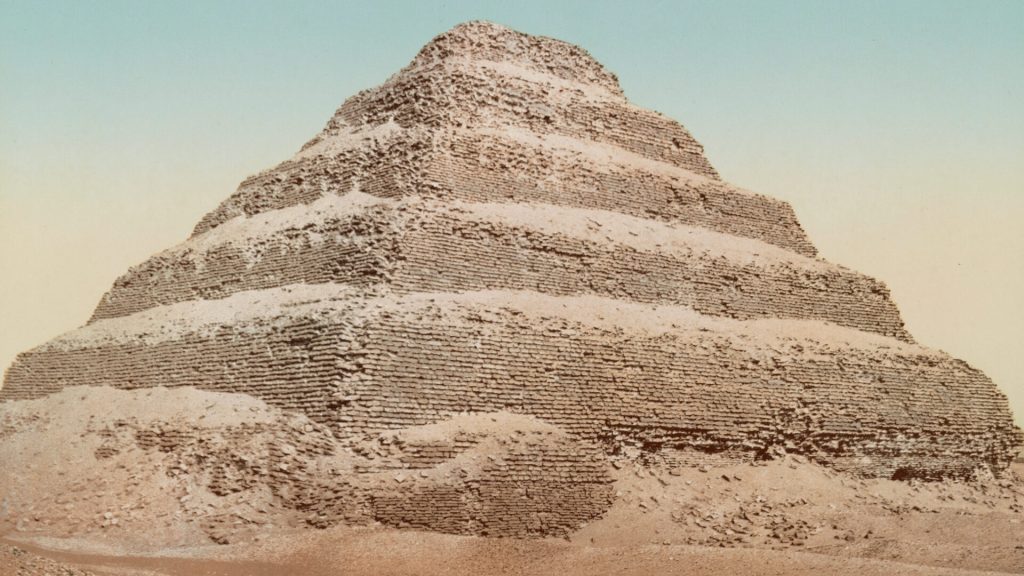
A. Cleopatra
B. Imhotep
C. Khufu
D. Ibis
Answer: B. Imhotep
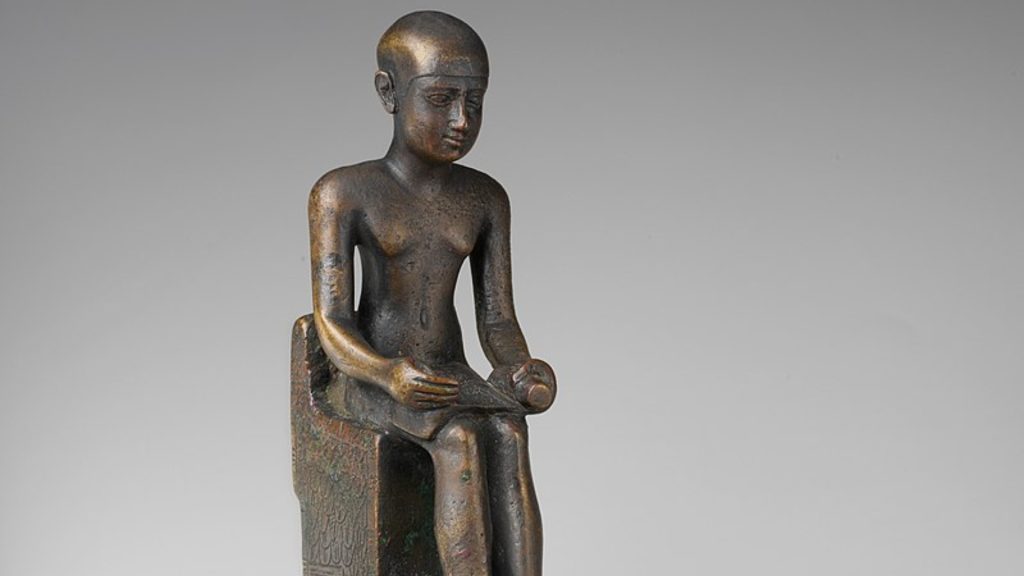
Insight: Imhotep, a doctor and architect, designed Djoser’s Step Pyramid, the world’s oldest massive stone structure. Built as a tomb for King Djoser, this 200-foot tall marvel inspired future pyramids. Recently restored, the Step Pyramid is a significant landmark, showcasing Imhotep’s genius and solidifying his place as a revered figure.
32. Narmer unified Upper Egypt and Lower Egypt to form what we know as the kingdom of ancient Egypt. When was this?
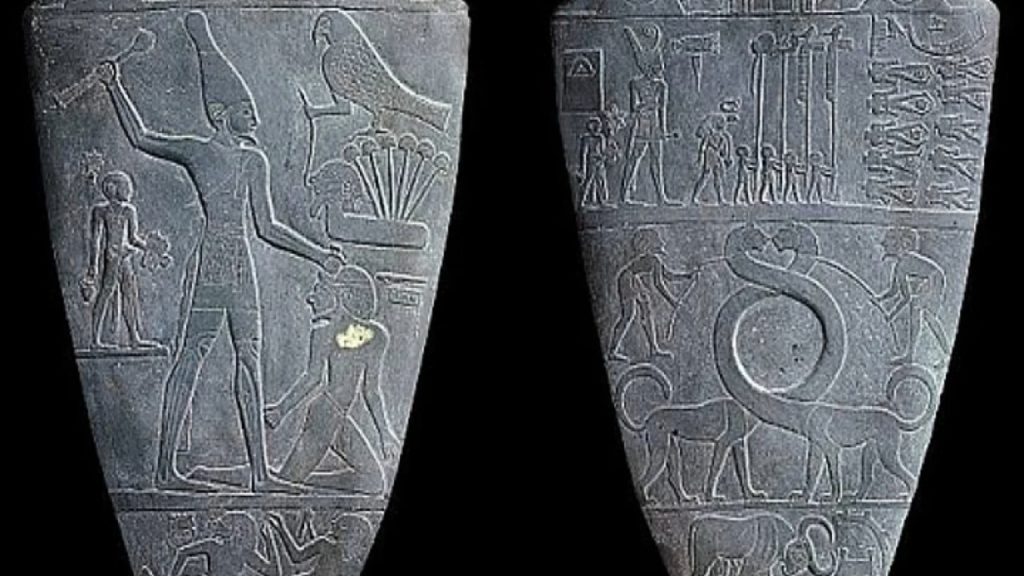
A. 3100 BC
B. 390 BC
C. 1540 BC
D. 100 AD
Answer: A. 3100 BC
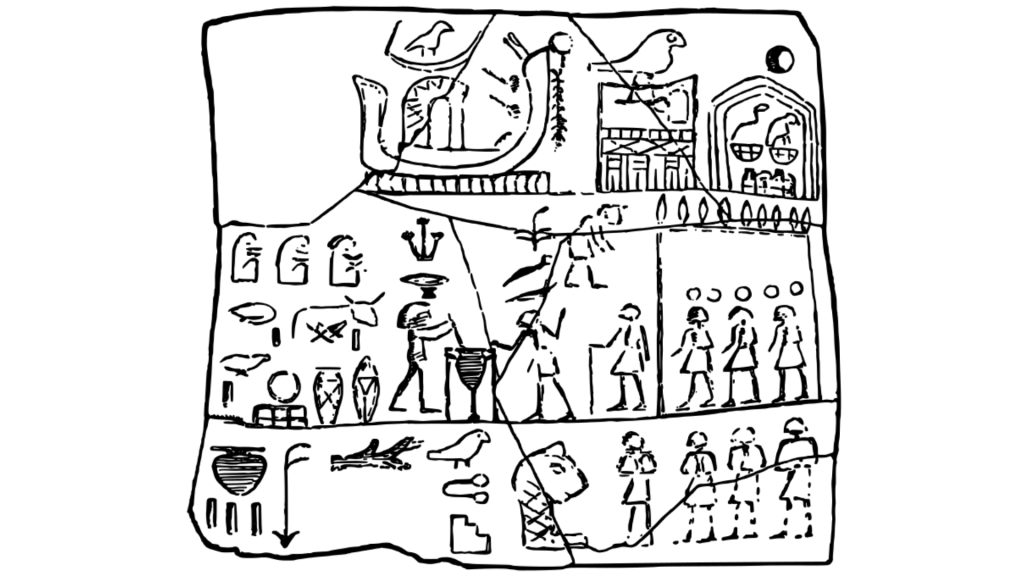
Insight: Around 3100 BC, Narmer, possibly identified as Pharaoh Menes, is credited with merging Upper and Lower Egypt. This pivotal event marked the unification of the two regions, laying the foundation for the ancient Egyptian civilization as we know it.
33. Which dynasty was governed by Sanakht during the Old Kingdom period?

A. Fourth
B. Third
C. Sixth
D. First
Answer: B. Third

Insight: During the Third Dynasty of ancient Egypt, Sanakht ruled as a pharaoh, overseeing the reunification of the divided Northern and Southern kingdoms. His Horus name, ‘Sanakht’, meaning ‘victorious protection’, reflects his royal status. Despite an unfinished tomb, his legacy endures in Saqqara, an expansive burial site in Egypt.
34. Known as “The Little Corporal,” which of the following did French Emperor Napoleon Bonaparte discover in the Egyptian campaign?
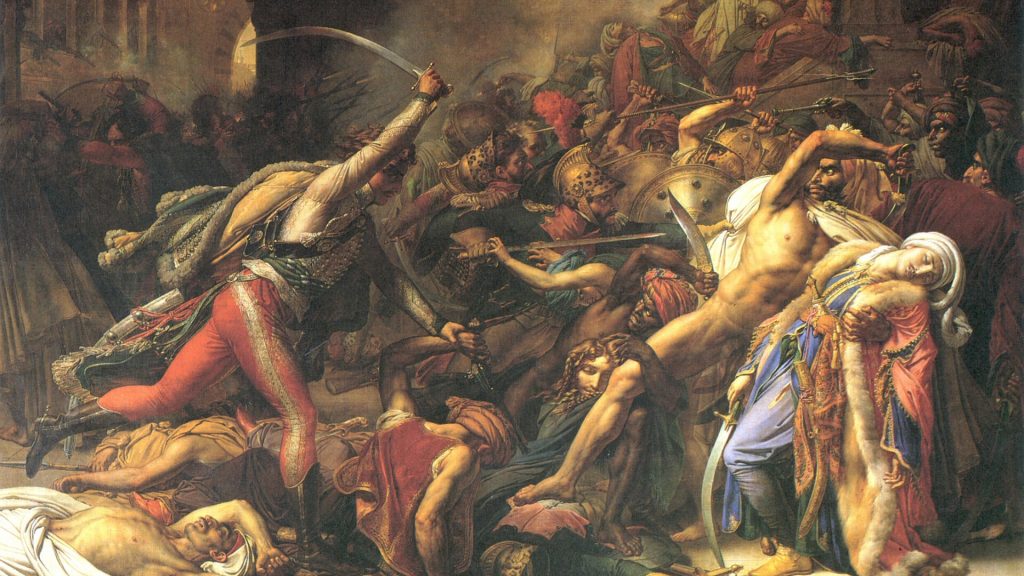
A. Sphinx
B. Rosetta Stone
C. Great Pyramid
D. King Tut’s Tomb
Answer: B. Rosetta Stone
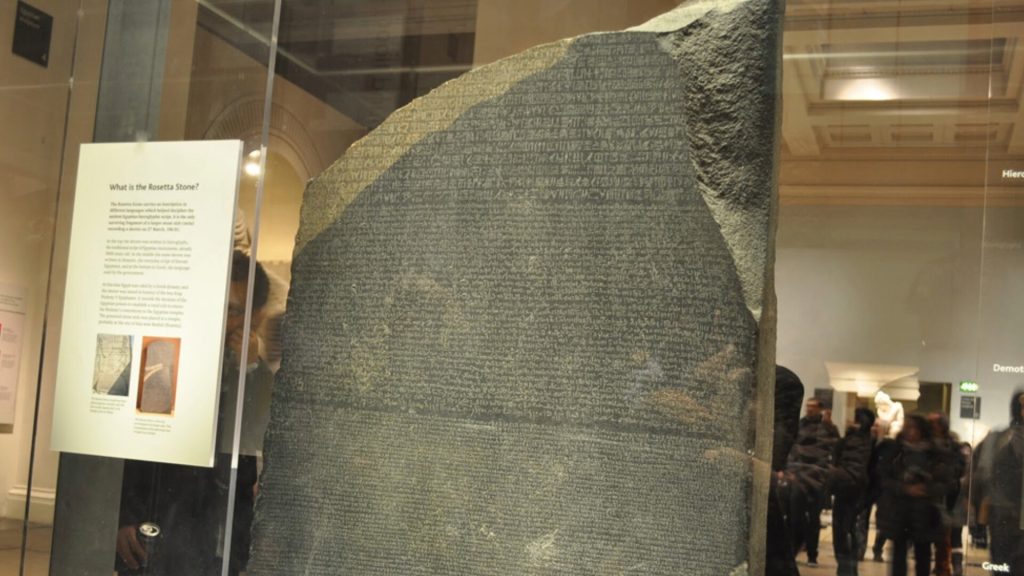
Insight: While conquering much of Europe, Napoleon’s expedition to Egypt in 1799 unearthed the Rosetta Stone. This key discovery, inscribed with three ancient languages, provided the crucial piece to finally decipher the mysterious hieroglyphs of ancient Egypt.
35. Hieroglyphic writing features a variety of birds. Which bird is conspicuously absent from this ancient art form?
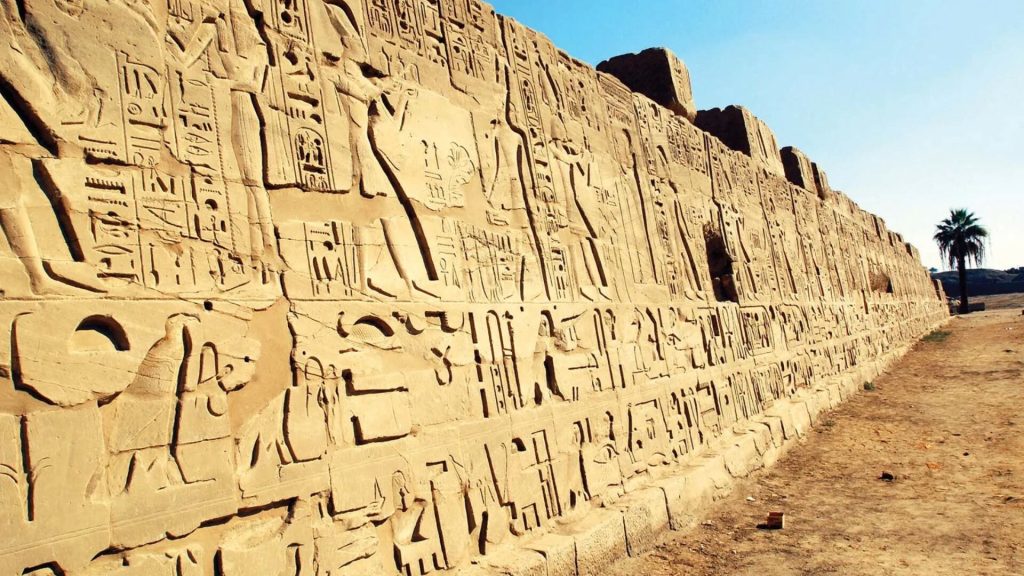
A. Falcon
B. Ostrich
C. Duck
D. Owl
Answer: B. Ostrich
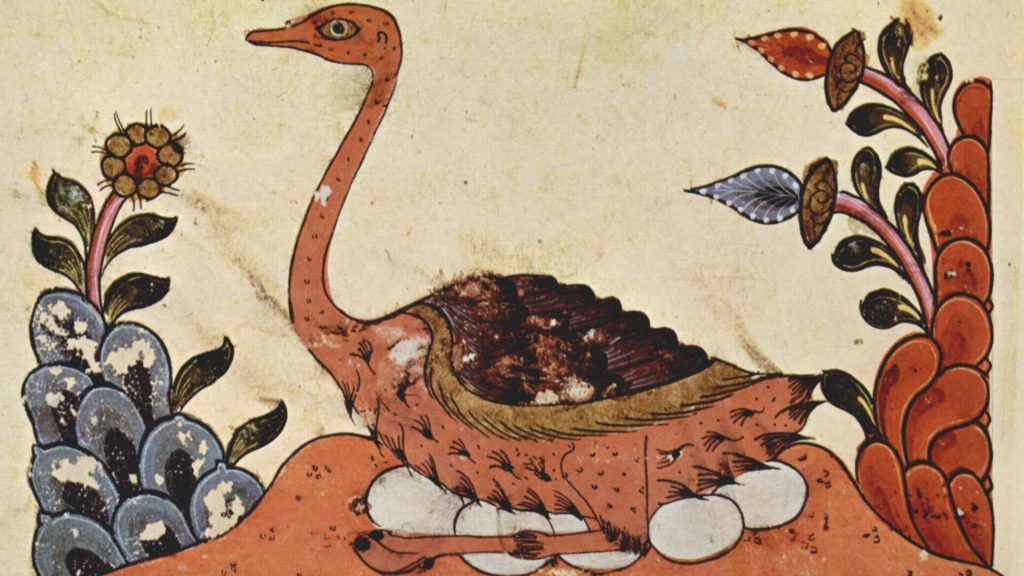
Insight: Even though ostriches once roamed Egypt freely, they weren’t pictured in hieroglyphs, unlike other birds with symbolic meaning. Ironically, these flightless giants vanished around the 1900s, well after ancient Egypt’s golden age.
36. In the world of the ancient Egyptians, a bird of prey was symbolic of ‘those who belong to the world of the dead’. Which bird was it?
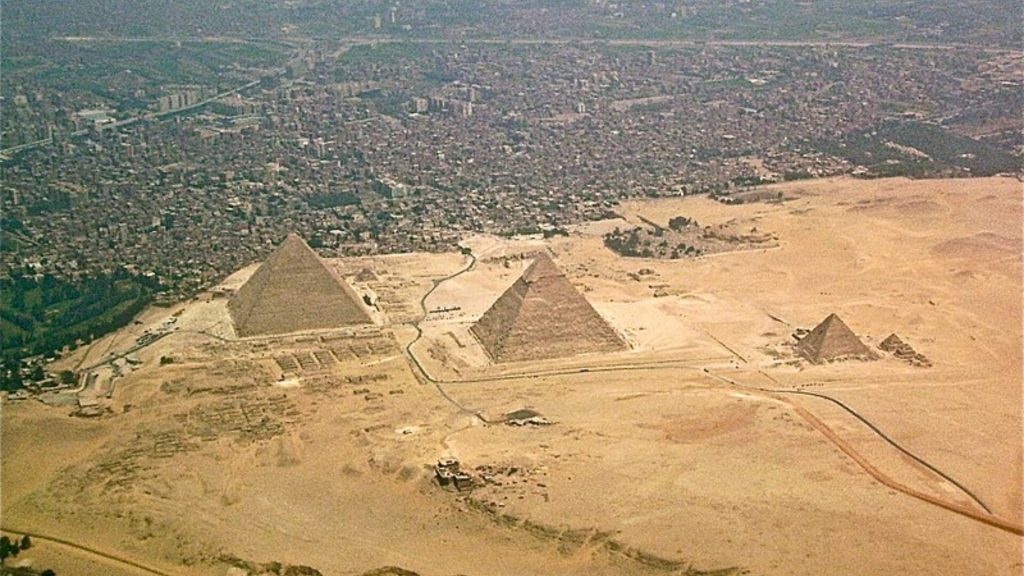
A. Osprey
B. Kite
C. Falcon
D. Vulture
Answer: D. Vulture
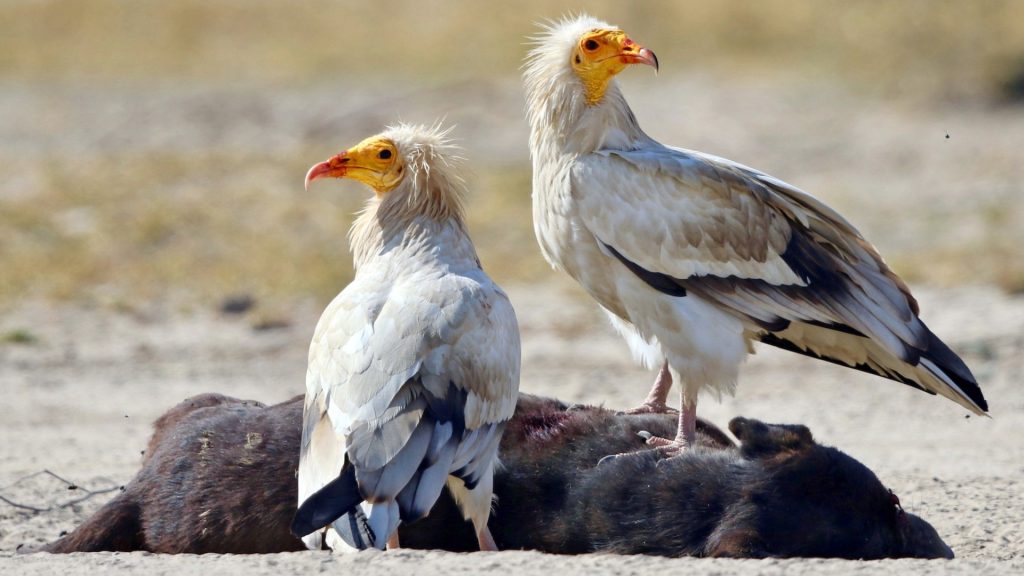
Insight: Vultures in ancient Egypt soared above the desert tombs, earning them a special place as guardians of the afterlife. These birds, linked to femininity by the Egyptians, were seen as guides to the dead and symbols of powerful goddesses like Nekhbet and Mut.
37. Can you name the final king to reign during the 20th Dynasty?
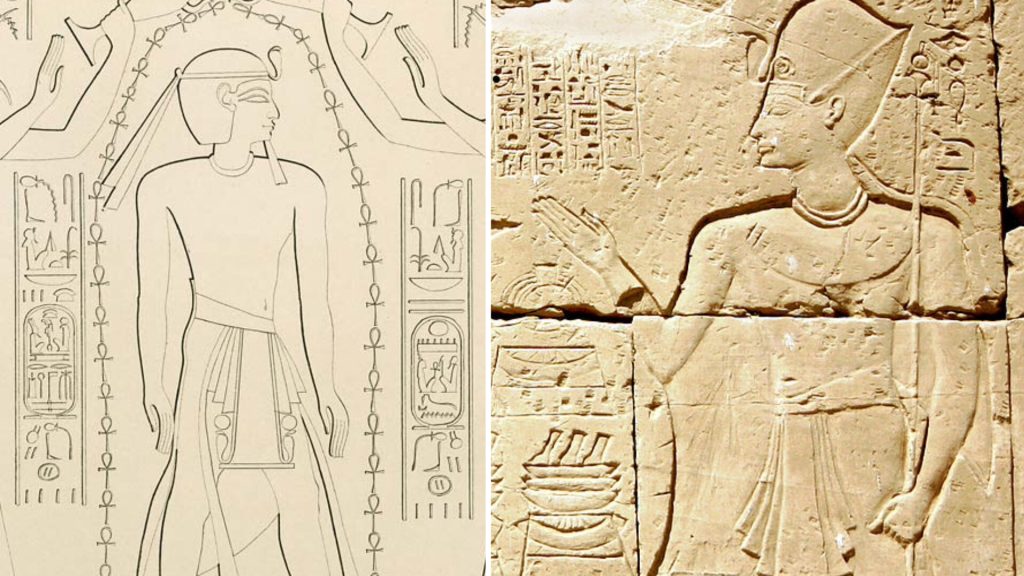
A. Tutankhamun
B. Ramses XI
C. Herihor
D. Akhenaten II
Answer: B. Ramses XI
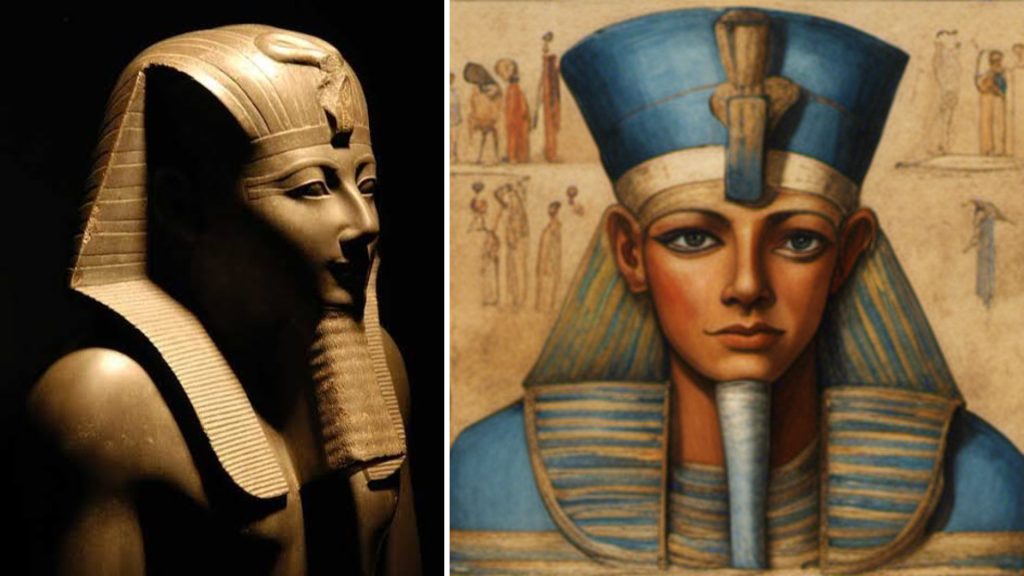
Insight: Ramses XI’s reign, the last of the 20th Dynasty, was a time of trouble. Pharaohs shared power with the High Priests of Amun, who were like independent rulers based in Thebes. This unusual situation is shown in documents with dates for both the Pharaoh (e.g., 25th year of Ramses) and the High Priest (e.g., 2nd year of Herihor).
38. Egypt rose to be so successful because of the seasonal flooding of the Nile, which spread fertile soil. Which of these was NOT an agricultural product of Egypt?

A. Corn
B. Melons
C. Cotton
D. Grain
Answer: A. Corn

Insight: In Egypt’s hot, dry climate, ancient Egyptians cultivated cotton, grains, and a variety of fruits and vegetables like melons. Their agricultural expertise extended to crops resilient in such conditions, sustaining their communities with essential produce.
39. Which Pharaoh from the 18th Dynasty managed to reclaim Nubia and initiated an aggressive campaign into Asia?

A. Amenhotep I
B. Akhenaten I
C. Thothmes I
D. Saanekht I
Answer: A. Amenhotep I
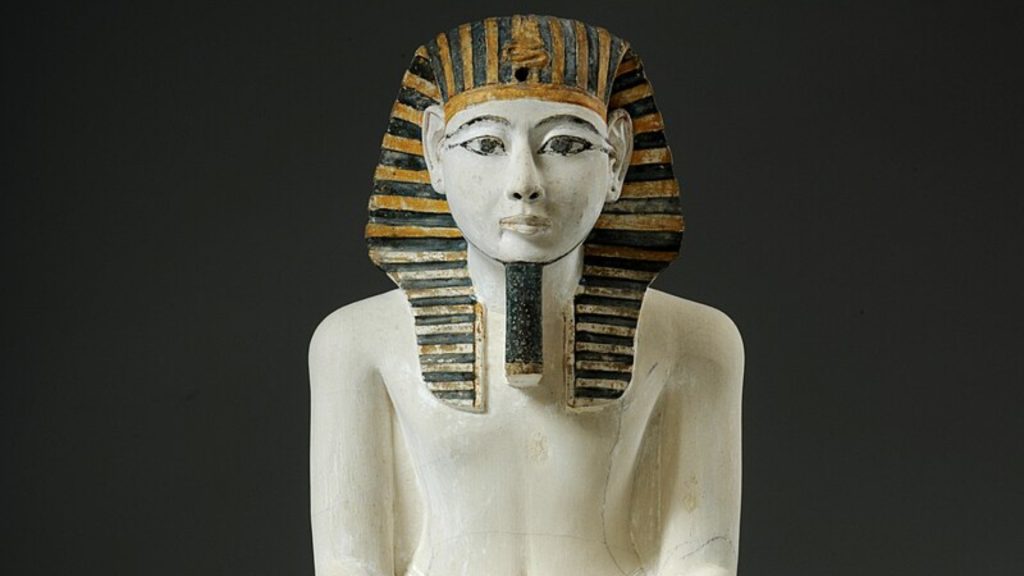
Insight: Amenhotep I, a pharaoh of the 18th Dynasty, secured Nubia, a resource-rich region crucial for Egypt’s prosperity. This recapture not only restored Egyptian control but also marked the start of an expansionist drive, paving the way for Egypt’s rise as a major power.
40. Who is believed to have been Queen Hatshepsut’s secret lover and also served as her principal administrator, often carrying the notable title ‘Steward of Amon’?
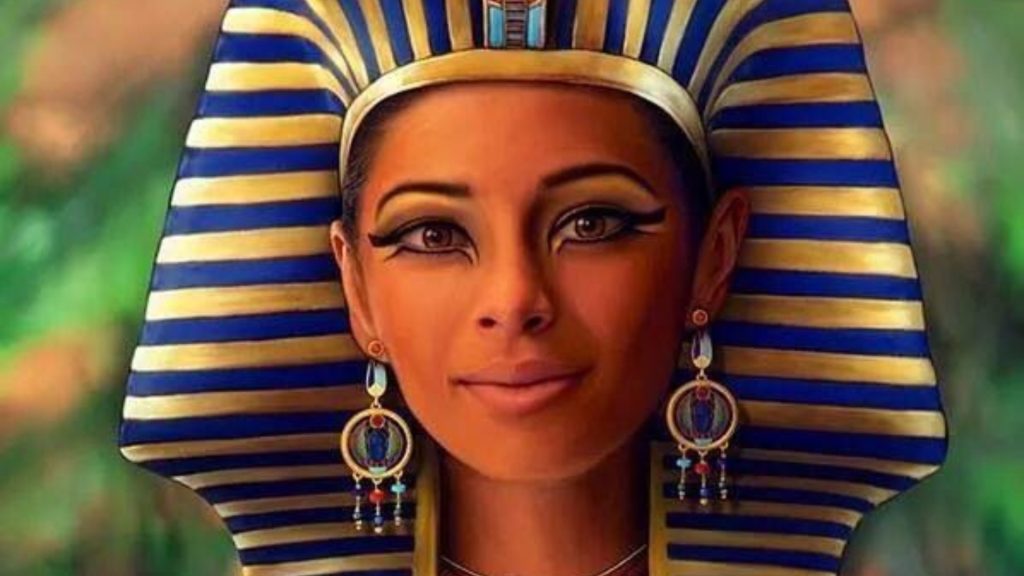
A. Senenmut
B. Amenhotep
C. Ramesses
D. Shabak
Answer: A. Senenmut
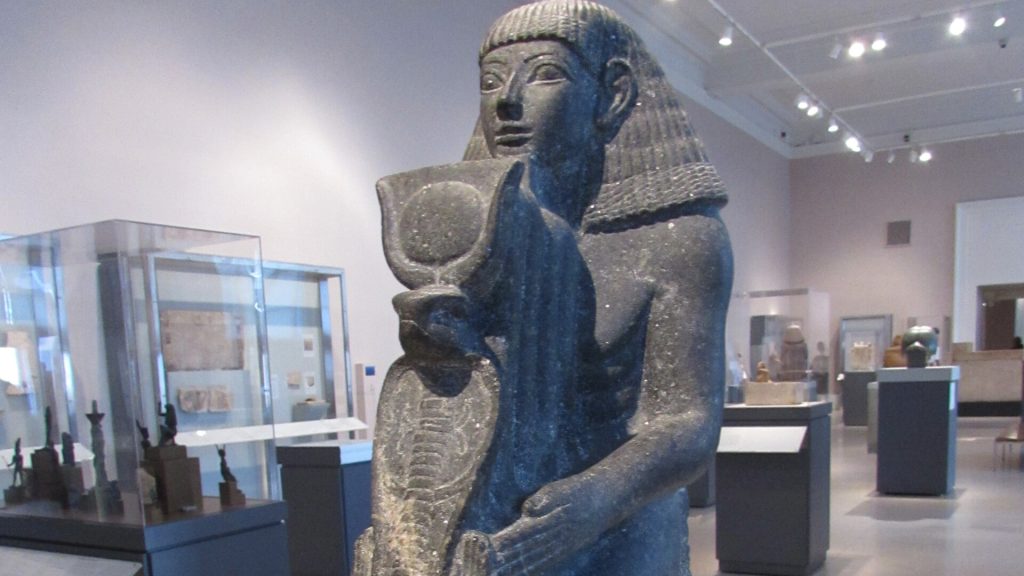
Insight: Senenmut, a high-ranking official under Queen Hatshepsut, oversaw key projects like her magnificent mortuary temple. Though whispers of romance swirled, their relationship remains a mystery, adding a touch of intrigue to Hatshepsut’s reign.
41. Which of the following colors for makeup was NOT commonly used to adorn the eyes of ancient Egyptians?
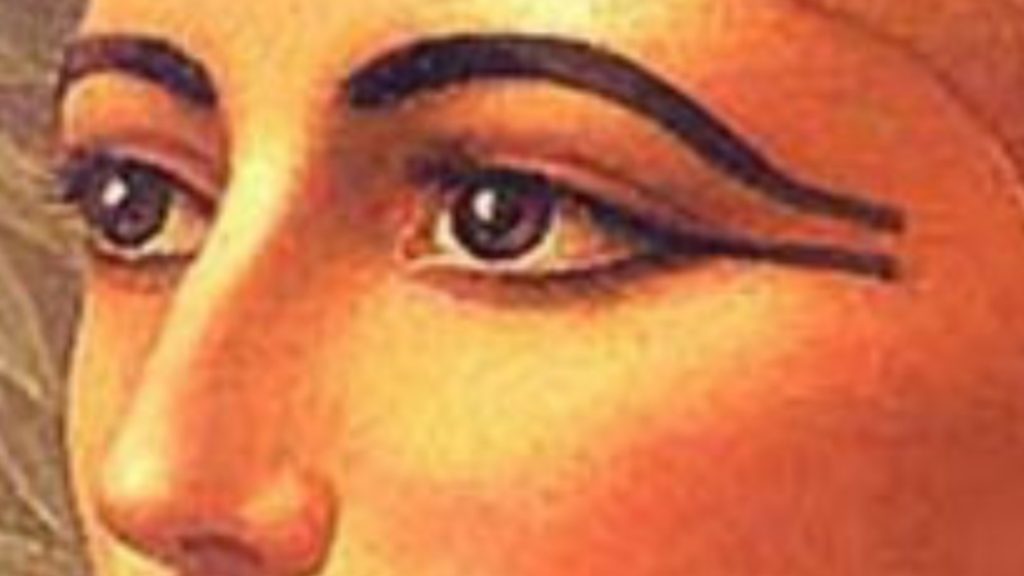
A. White
B. Blue
C. Red
D. Black
Answer: A. White
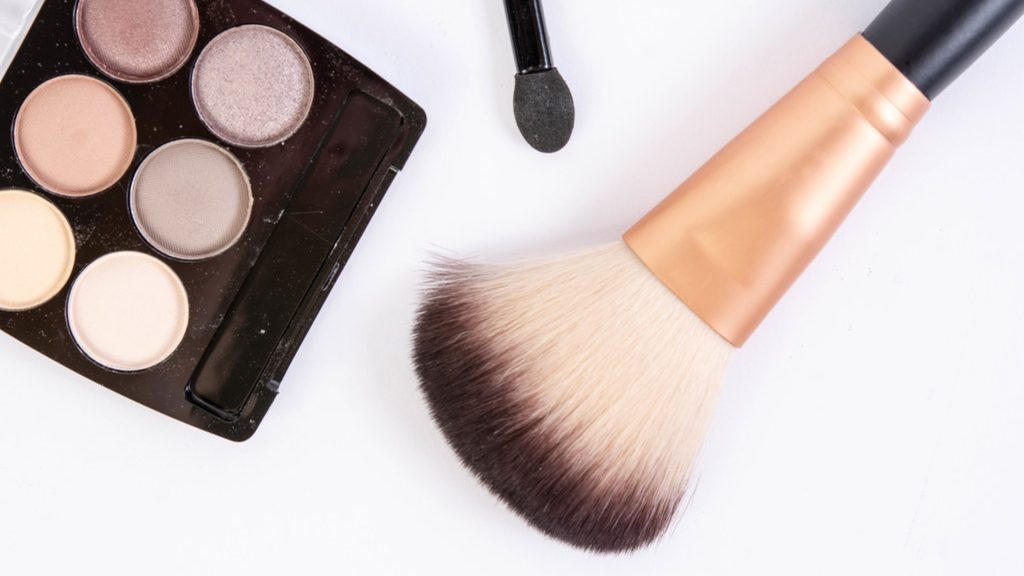
Insight: Ancient Egyptians favored dark-hued eyeshadows and eyeliners like blue, black, red, and green. Their cosmetics often comprised powders crafted from copper, lead ore, and kohl, reflecting their intricate beauty rituals and penchant for vibrant eye makeup.
42. Who, according to ancient Egyptian belief, was the deity credited with the invention of writing?

A. Ra
B. Thoth
C. Hathor
D. Osiris
Answer: B. Thoth
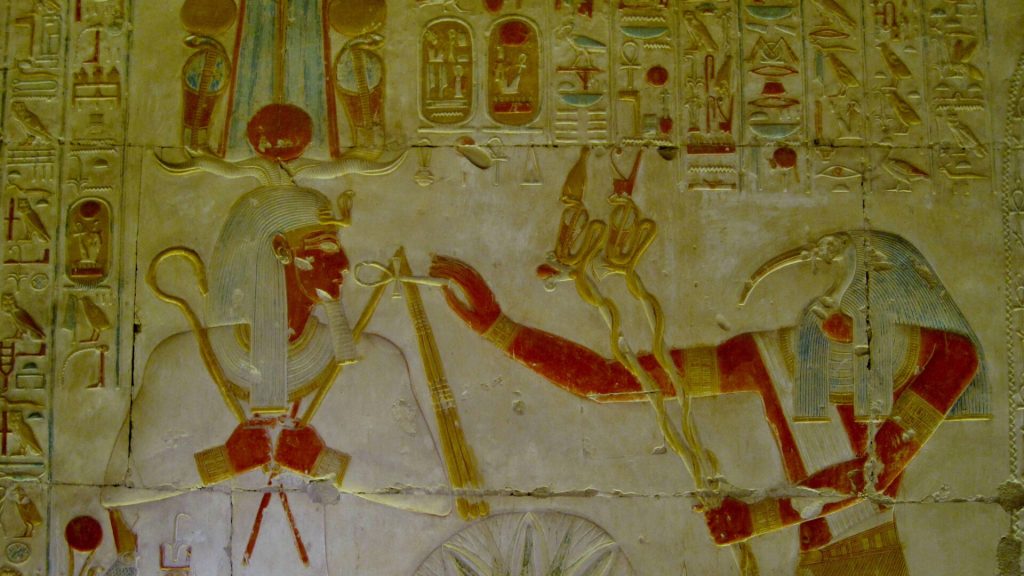
Insight: An Egyptian powerhouse, Thoth wasn’t just the god of writing. He also invented languages, advised the other gods, and created the calendar. This multitasking master truly did it all!
43. One of the original Seven Wonders of the Ancient World, the Great Pyramid of Giza also made the list of the New Seven Wonders of the World. Who built this stone landmark?
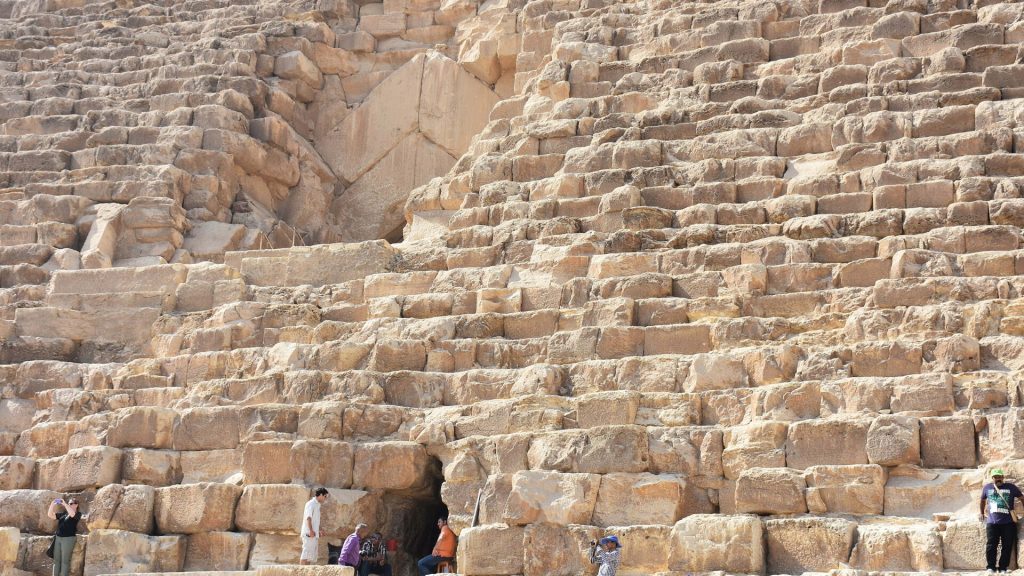
A. Khufu
B. Tutankhamun
C. Cleopatra
D. Alexander the Great
Answer: A. Khufu
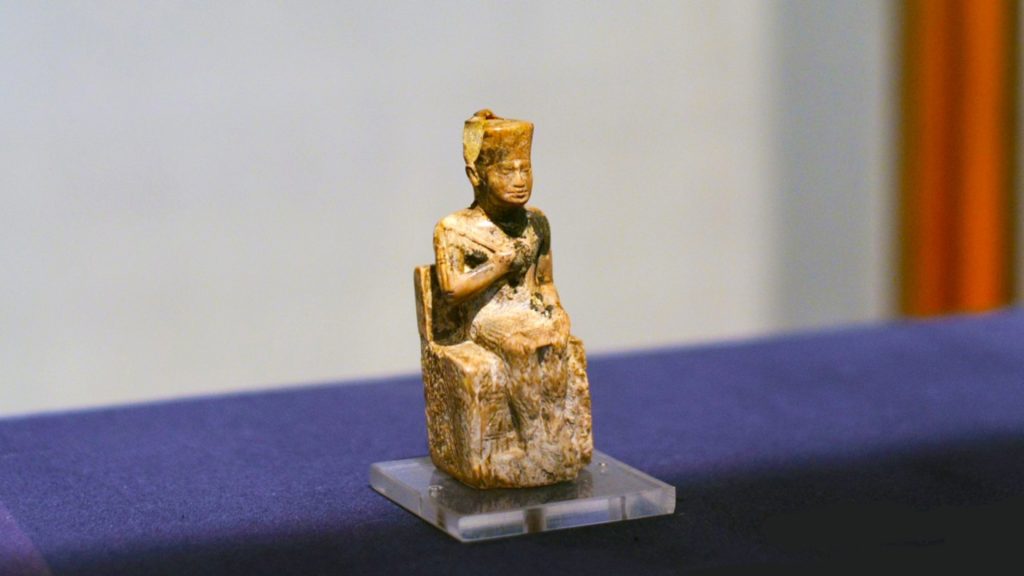
Insight: The Great Pyramid of Giza, the largest pyramid in Egypt, was built as a tomb for Pharaoh Khufu. This enormous structure covers a massive area and reaches an impressive height. Though a granite sarcophagus remains inside, any other treasures were likely taken long ago.
44. What is the name of the rectangular board game, consisting of thirty squares, that was discovered in the tomb of Tutankhamen?

A. Mehen
B. Senet
C. King Tut
D. Patolli
Answer: B. Senet

Insight: Senet, an ancient Egyptian board game found in King Tut’s tomb, is one of the world’s oldest. Its name translates to “game of passing,” hinting at its objective. Imagine people enjoying a strategic board game thousands of years ago!
45. Nefertiti has become one of the most widely-recognized symbols of ancient Egyptian culture. During her reign, she was the Great Royal Wife of which Pharaoh?

A. Rameses
B. Apepi
C. Akhanaten
D. Tutankhamun
Answer: C. Akhanaten

Insight: Nefertiti and Akhanaten entered matrimony at the onset of his reign, marking the beginning of a partnership that saw the birth of six daughters, enriching their royal family with the promise of a prosperous dynasty.
46. Identify the pharaoh who did NOT reign during the Fourth Dynasty.
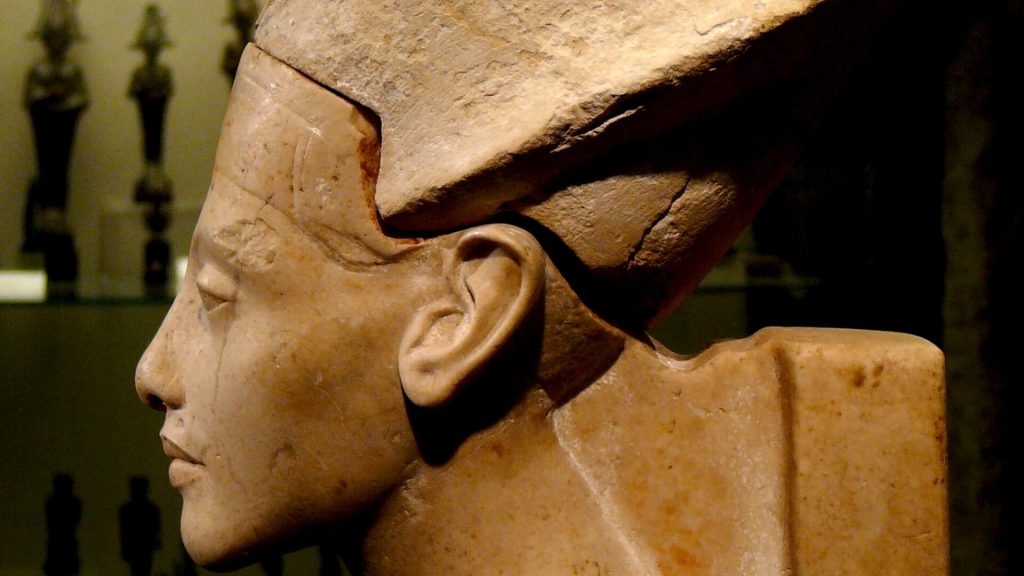
A. Khafre
B. Shepseskaf
C. Khufu
D. Teti
Answer: D. Teti

Insight: While the Fourth Dynasty saw pharaohs like Sneferu construct famous pyramids, Teti belonged to the Sixth Dynasty. His reign marked a shift, as Egypt transitioned from a golden age of building to a period of decline.
47. What was the fate of Arsinoe, Cleopatra’s younger sister, after her failed escape during the Alexandrian War?

A. She was exiled to Cyprus
B. She was immediately executed
C. She was sold into slavery and sent to Asia Minor
D. She was taken back to Rome and led in a trail of conquest through the streets
Answer: D. She was taken back to Rome and led in a trail of conquest through the streets

Insight: Arsinoe’s attempt to flee during the Alexandrian War landed her in Roman captivity. Though tradition spared royalty from execution, she was exiled to a sanctuary temple in Ephesus. But Cleopatra, through her lover Mark Antony, had other plans. Arsinoe’s execution within the sacred grounds sparked outrage in Rome.
48. What word does the vulture represent as an ideogram in hieroglyphs?
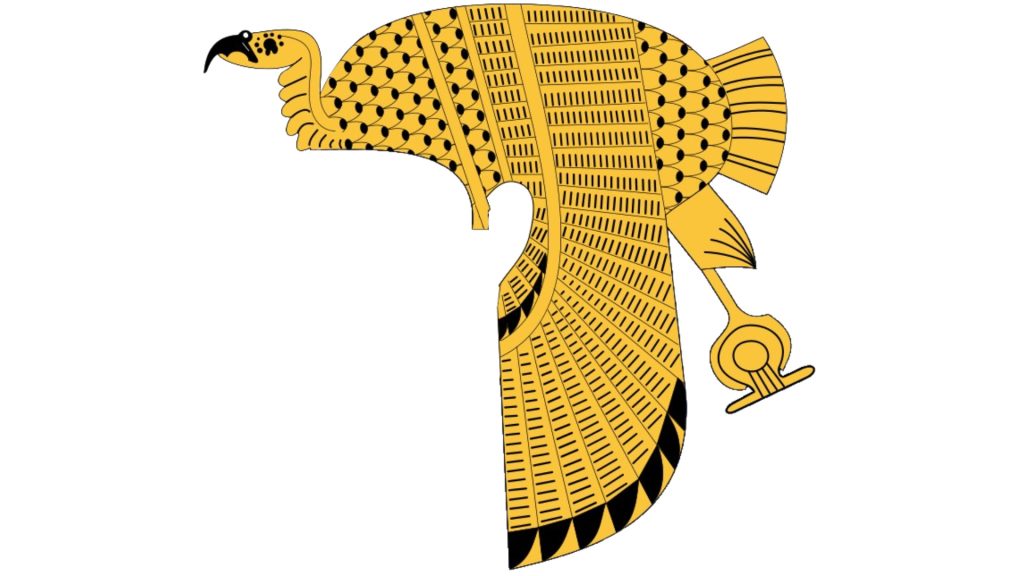
A. Destiny
B. Sheep
C. Mother
D. Throne
Answer: C. Mother

Insight: Ancient Egyptians used a vulture hieroglyph to represent “mother” and protection. This symbol adorned the headdress of Nekhbet, a goddess linked to motherhood. It highlights the cleverness of their writing system, where symbols carried deeper meanings.
49. Many Roman soldiers in Antony’s camp were unhappy with Cleopatra’s presence. Can you guess why?
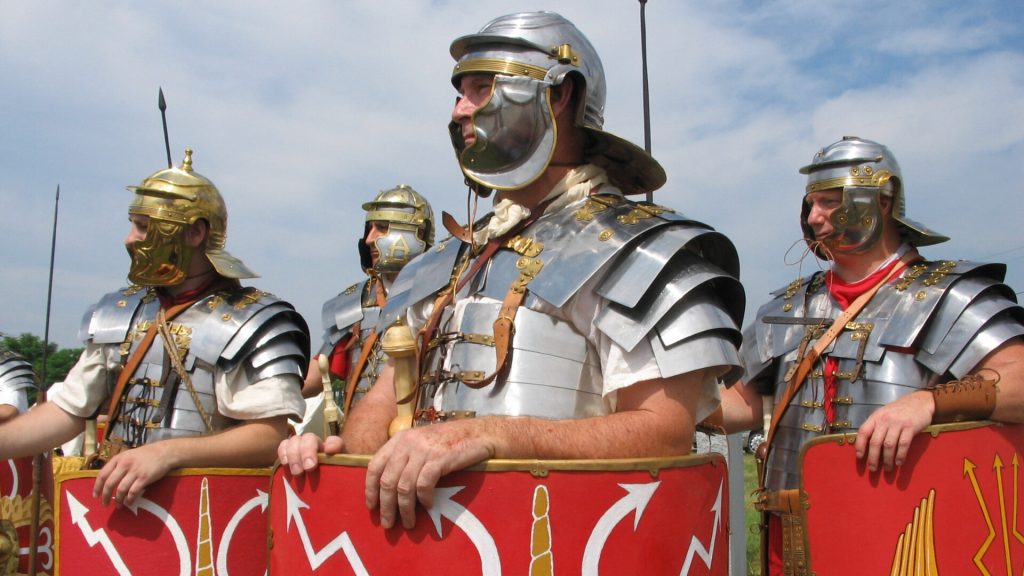
A. They feared she would distract Antony
B. They thought she might ally with the enemy
C. They felt a woman didn’t belong on a battlefield
D. They were afraid of her alleged magical powers
Answer: C. They felt a woman didn’t belong on a battlefield

Insight: You’re absolutely right. Roman soldiers’ beliefs about women’s roles in war (societal norms) influenced their reaction to Cleopatra’s presence on the battlefield, potentially impacting strategy.
50. Who successfully completed the expulsion of the Hyksos from Egypt, thereby founding the 18th Dynasty and the ‘New Kingdom’?
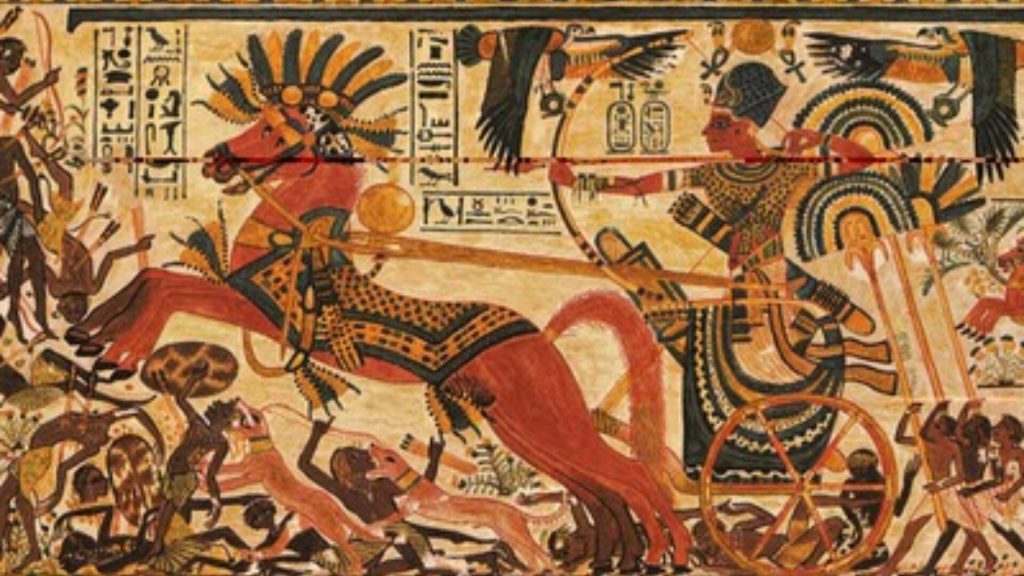
A. Amenhotep
B. Khufu
C. Ahmose
D. Cleopatra
Answer: C. Ahmose
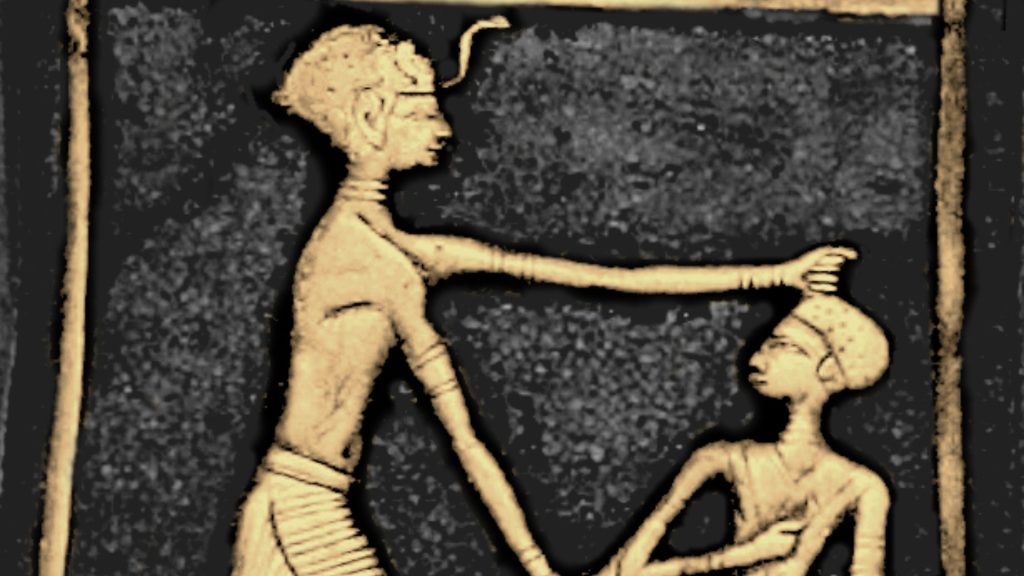
Insight: Following his brother Kamose’s fight against the Hyksos rulers, Ahmose I drove them out of Egypt. He then expanded Egypt’s territory by conquering Palestine and regaining control of Nubia. This marked the beginning of a powerful era known as the New Kingdom.
51. Which dynasty was founded by Sneferu?

A. Fourth
B. Second
C. Third
D. Seventh
Answer: A. Fourth
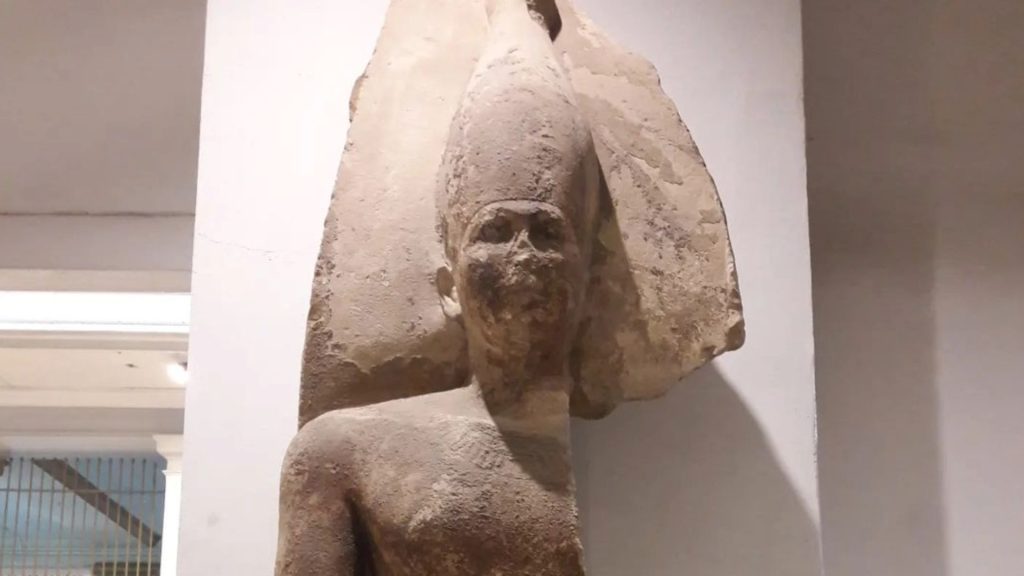
Insight: Reigning around 2613-2589 BCE, Sneferu, the founder of Egypt’s Fourth Dynasty, was a renowned builder. He not only constructed the first true pyramid by modifying the Maydūm step pyramid, but also used more stones in pyramid building than any other pharaoh.
52. Which pharaoh’s reign marked the onset of the final decline of the Egyptian Old Kingdom?
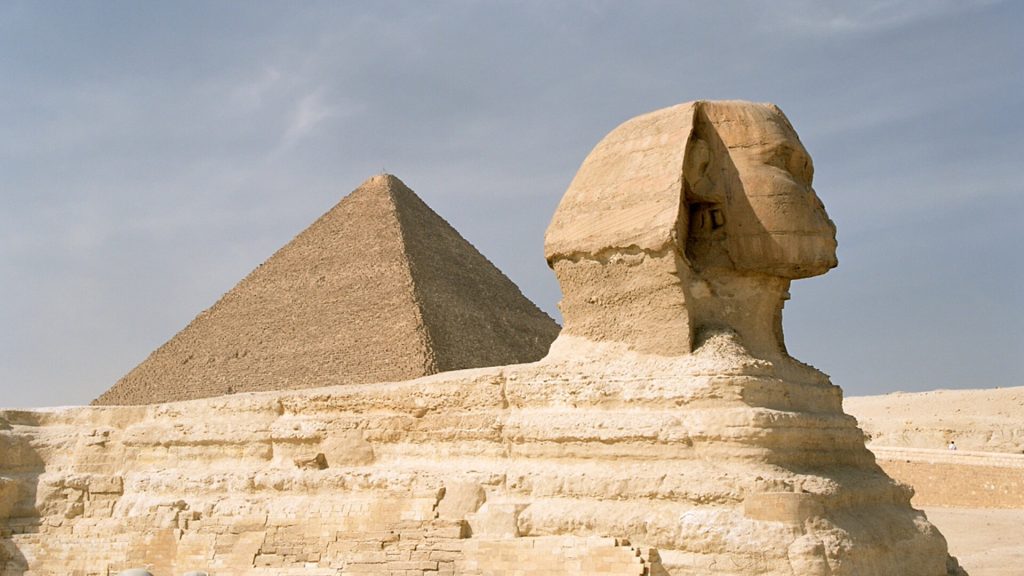
A. Akhenaten
B. Pepy II
C. Cleopatra
D. Nefertiti
Answer: B. Pepy II
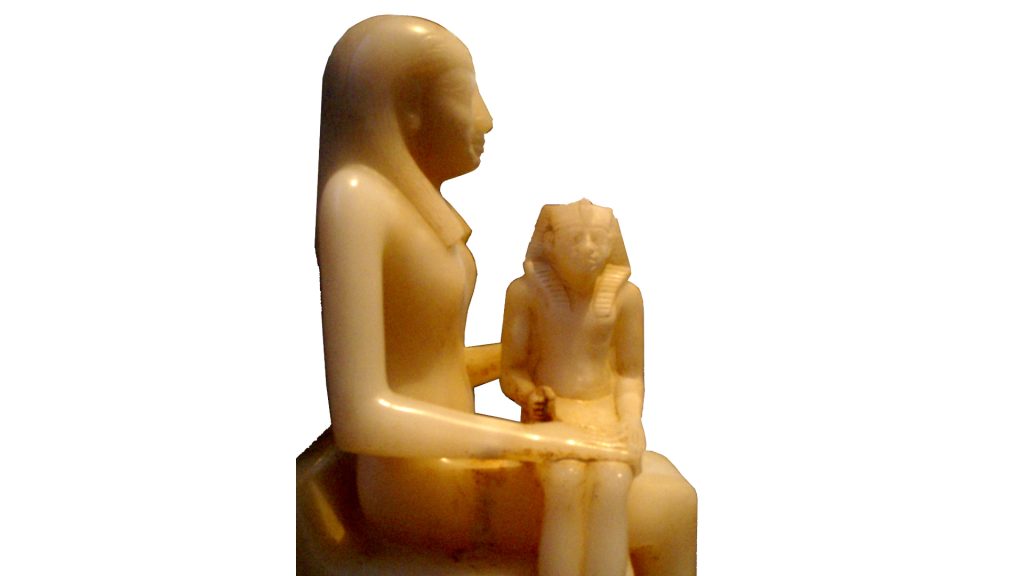
Insight: Though Pepy II ruled a record-breaking 94 years, his reign witnessed the fall of the Old Kingdom. Local leaders gained power, clashed with each other, and the central government weakened. This marked a shift from a unified Egypt to a period of instability.
53. Which Hyksos Pharaoh’s rule over Lower Egypt was effectively ended by King Kamose of Thebes?
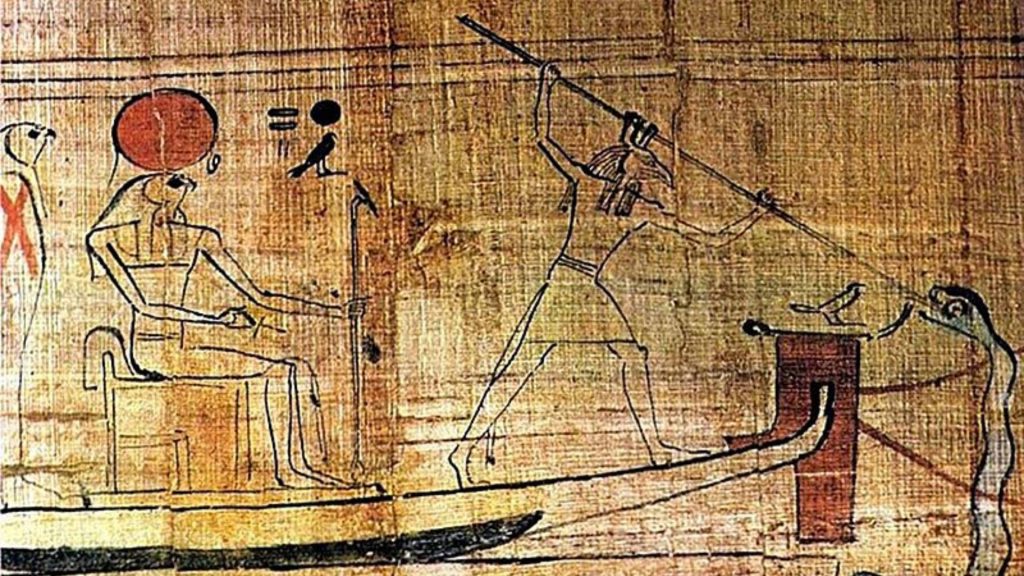
A. Seqenenre Tao
B. Khufu
C. Senebkay
D. Apophis
Answer: D. Apophis

Insight: While Apepi (also known as Apophis) ruled Lower Egypt from Avaris, his reign as the last Hyksos king was challenged by Theban rulers like Kamose. Kamose’s military campaign ultimately led to the downfall of the Hyksos after over a century of their control in Egypt.
54. Which pharaoh from the Old Kingdom era decided to forego the traditional pyramid burial structure, leaving the Giza plateau and instead, erected a mastaba tomb in South Saqqara?

A. Sahura
B. Shepseskaf
C. Nyuserra
D. Djoser
Answer: B. Shepseskaf
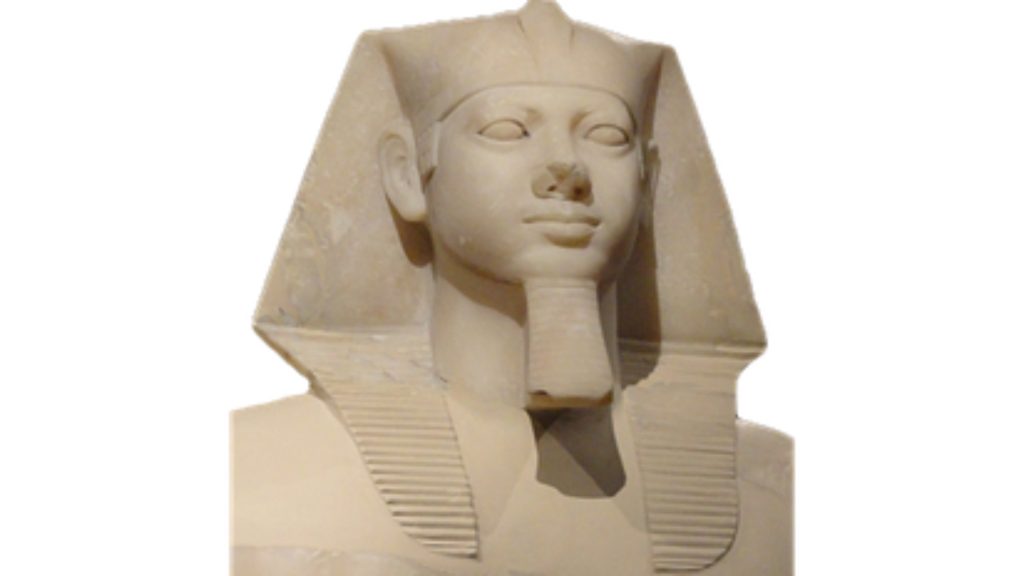
Insight: Pharaoh Shepseskaf stood out from the crowd. Unlike other Old Kingdom rulers entombed in pyramids at Giza, he opted for a mastaba tomb in South Saqqara. This unique choice, along with the new location, continues to baffle archaeologists. Some believe it may have been a way to challenge the power of the priests.
55. Can you identify the specific year and dynasty associated with the end of the Old Kingdom?
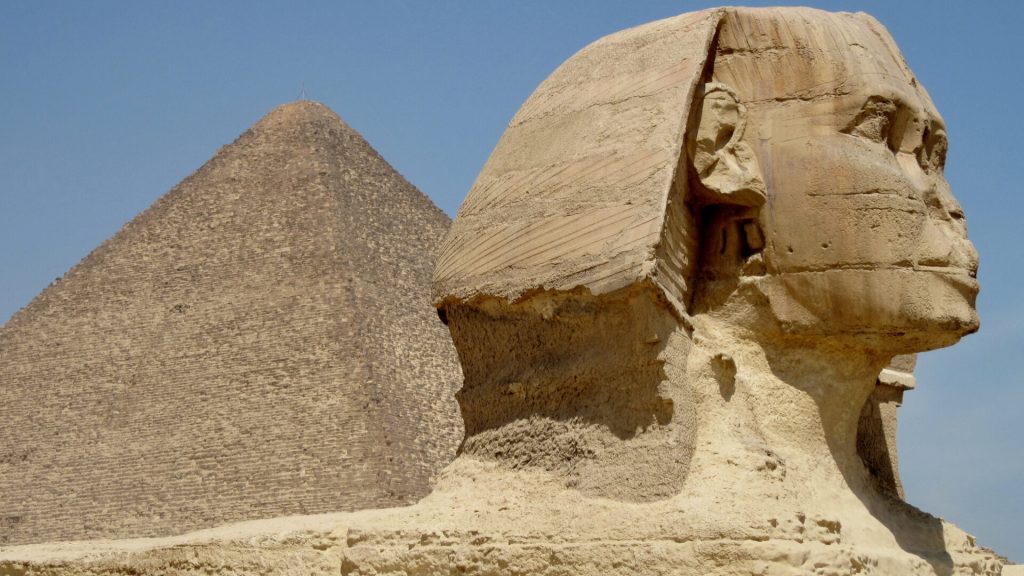
A. Year – 1175 BCE and Dynasty – Fifth
B. Year 190 BCE and Dynasty – Seventh
C. Year – 2801 BCE and Dynasty – Seventh
D. Year – 2181 BCE and Dynasty – Sixth
Answer: D. Year – 2181 BCE and Dynasty – Sixth
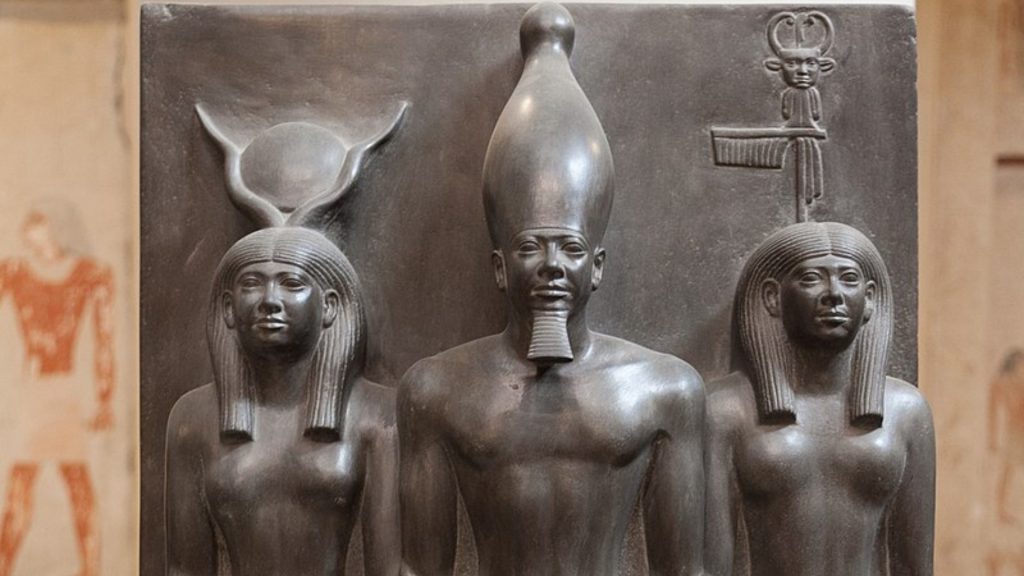
Insight: Egypt’s Old Kingdom, famous for pyramids and art, ended around 2181 BC. The once-powerful Sixth Dynasty faltered, marking a shift from pyramid-building to a time of change. This period, between the Old and Middle Kingdoms, saw a new political and cultural landscape emerge in Egypt.
56. In ancient Egyptian hieroglyphics, the falcon symbolizing the word for ‘falcon’ was depicted with an object held under its wing. What was this object?

A. A Papyrus Roll
B. A scarab beetle
C. A flail
D. A Medal
Answer: C. A flail
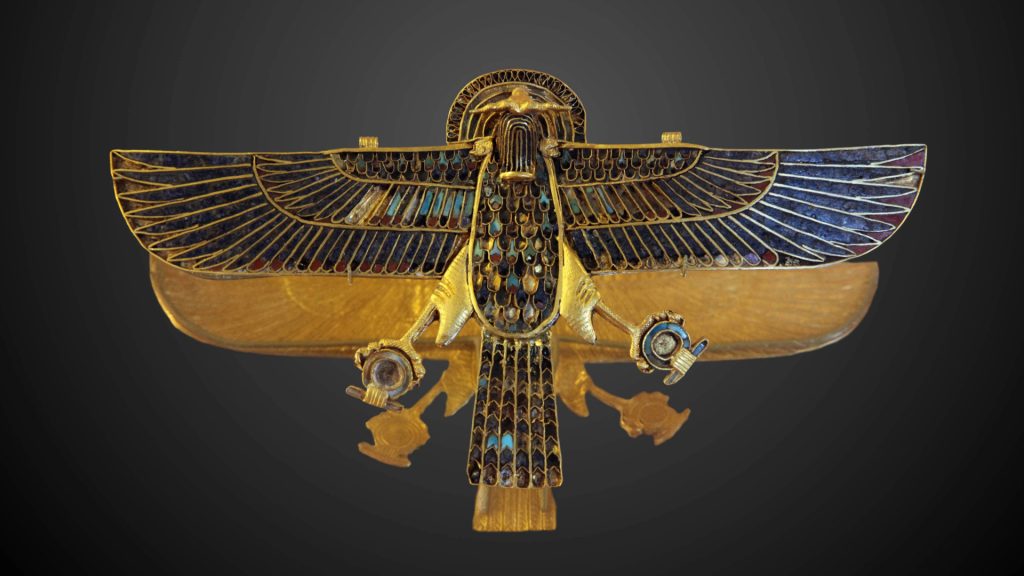
Insight: Ancient Egyptians used a falcon symbol to represent Horus, the god of kings and the sun. The falcon often held a flail, a symbol of power originally linked to another god, Osiris. This combined image neatly showed that the Pharaoh ruled with divine backing.
57. Can you name the pharaoh who reigned from 2321 to 2287 BCE in the Old Kingdom?

A. Pepy I
B. Unas
C. Khufu
D. Pepy II
Answer: A. Pepy I
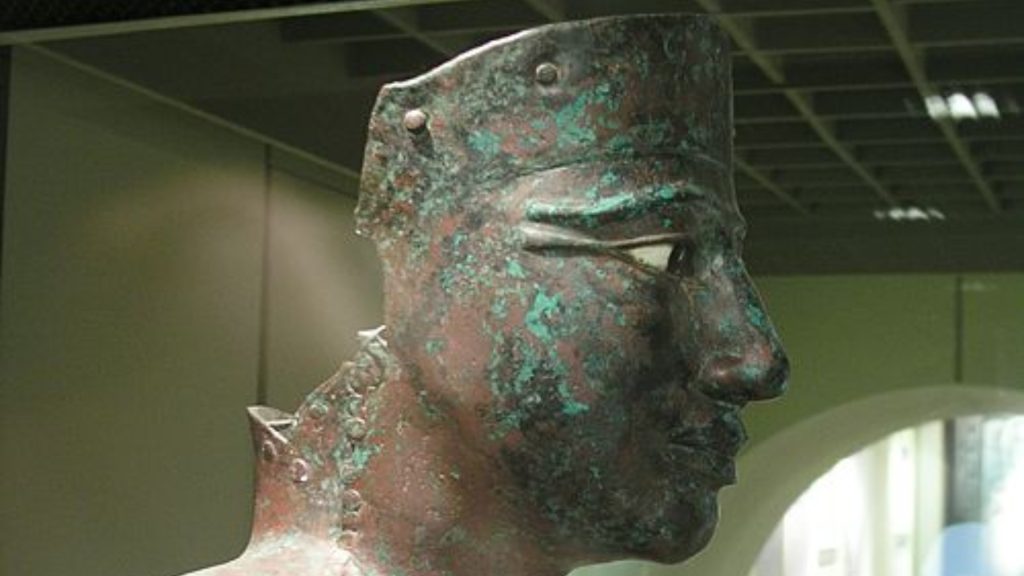
Insight: Pharaoh Pepy I, ruling for over 40 years during the Old Kingdom, led Egypt to prosperity. This third king of the Sixth Dynasty expanded trade, conquered new lands like the Libyan oases, and oversaw a flourishing Egypt.
58. What is the total number of children Queen Cleopatra VII had with her two lovers, Julius Caesar and Marc Antony?
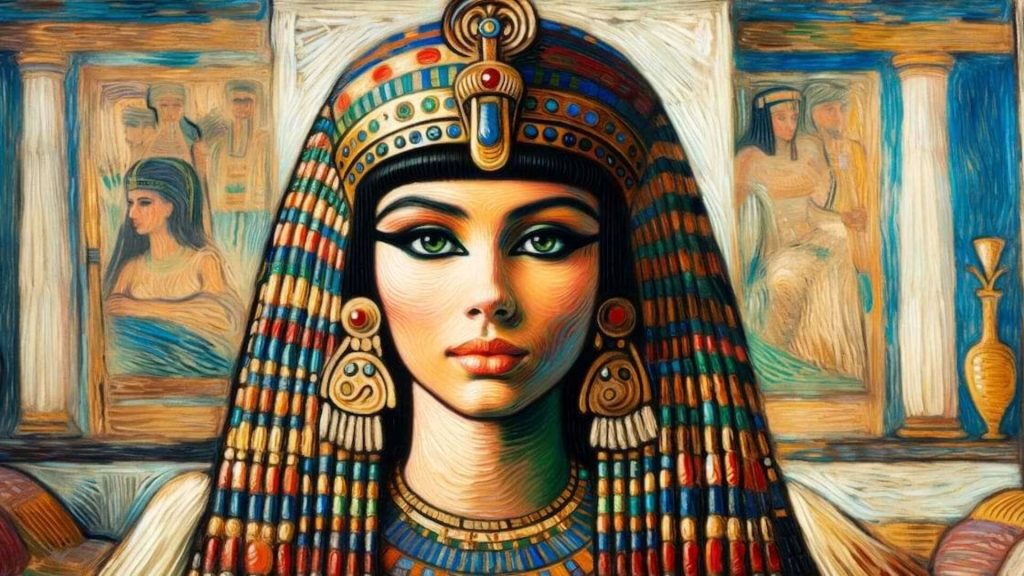
A. Five
B. Three
C. Four
D. Six
Answer: C. Four

Insight: Cleopatra, the last Egyptian pharaoh, had a family life as dramatic as her own reign. Her four children, fathered by Julius Caesar and Marc Antony, faced misfortune. Caesarion, her son with Caesar, was murdered. The three children she had with Antony were raised by his ex-wife after Cleopatra’s death.
59. Known as Ramses the Great, Ramses II was a powerful leader who played a part in what historical first?

A. Was the first “Great”
B. Signed the first international peace treaty
C. Wrote the first code of law
D. Built the first pyramid
Answer: B. Signed the first international peace treaty
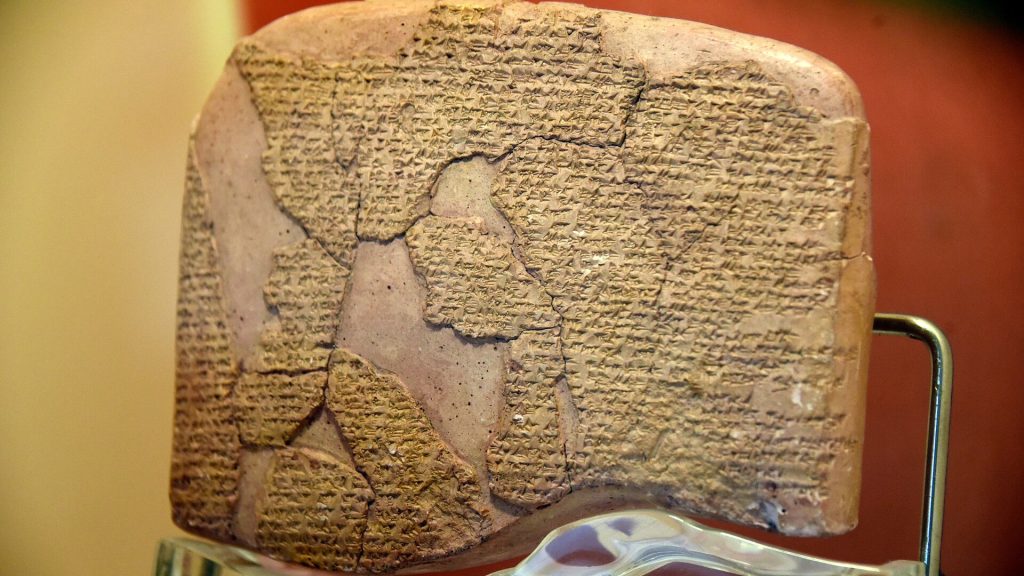
Insight: Ramses II and Hattusili III, the Kings of Egypt and the Hittites respectively, inked a historic peace treaty, marking a pivotal moment in ancient diplomacy. Their agreement, the first of its kind, ended longstanding conflicts and ushered in a new era of international relations.
60. Built to commemorate Khufu, the Great Sphinx of Egypt is technically not a traditional sphinx for what reason?
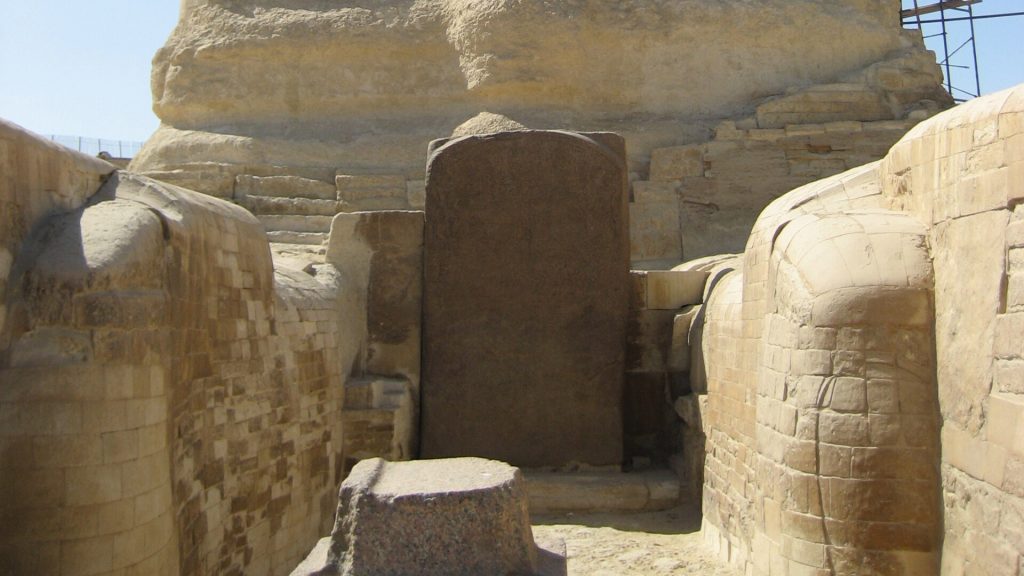
A. It has the body of a lion
B. It has a human head
C. It’s larger than life
D. It’s a man
Answer: D. It’s a man
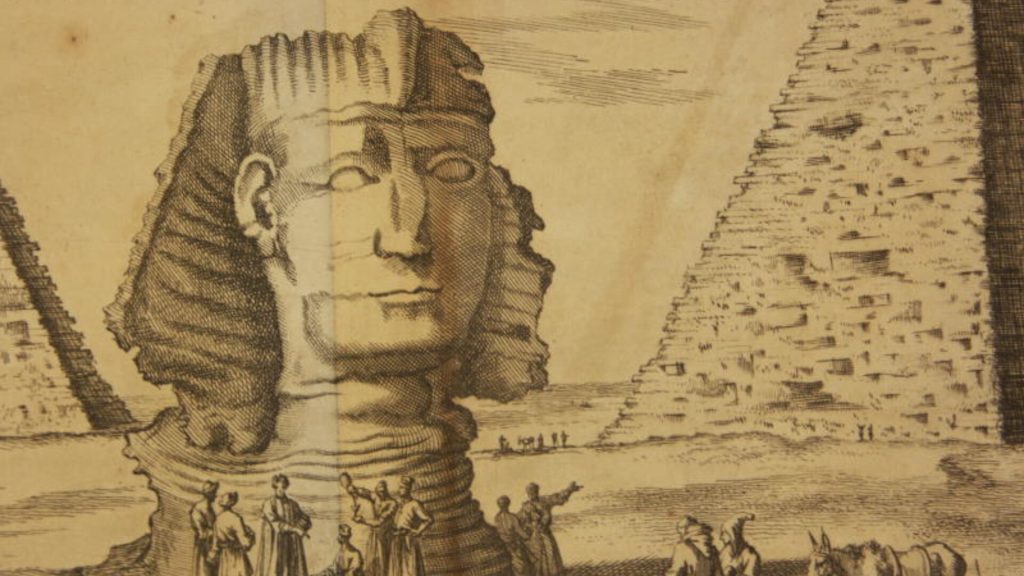
Insight: The Great Sphinx is a bit different from the sphinxes you might know from myths. While traditional sphinxes have a woman’s head and bird wings, the Great Sphinx has a man’s head and rests on its paws—that makes it an androsphinx!
61. When did Pierre Montet, the famous archaeologist, discover the tomb of Osorkon II?

A. 27 February 1939
B. 27 February 1945
C. 27 February 1909
D. 27 February 1929
Answer: A. 27 February 1939
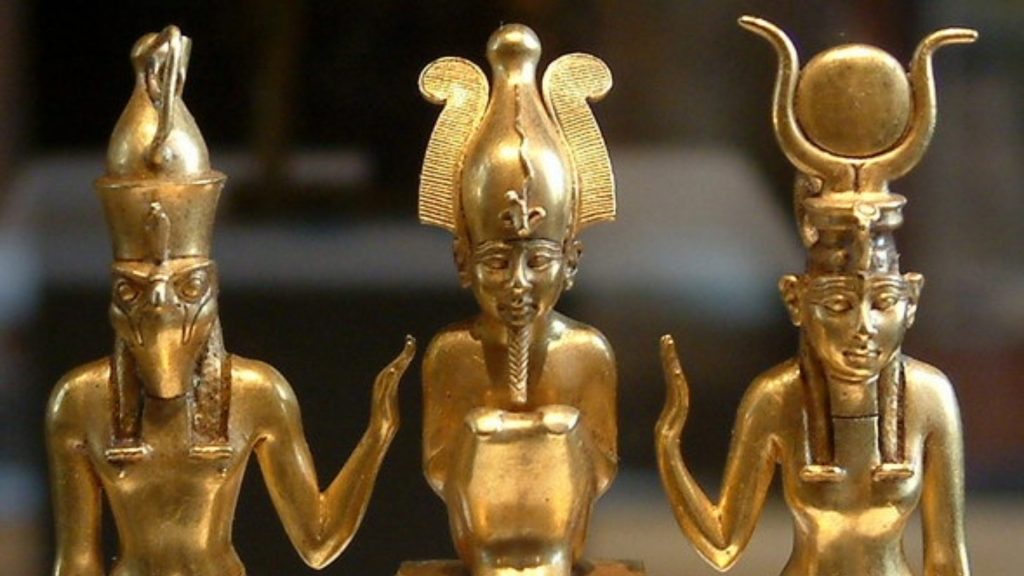
Insight: Pierre Montet struck gold in 1939, uncovering the tomb of Pharaoh Osorkon II at Tanis. Though looted, it held treasures and a clue to an untouched royal tomb nearby. This double discovery was a thrilling archaeological windfall!
62. What was the length of reign of the Old Kingdom’s Pepy II?
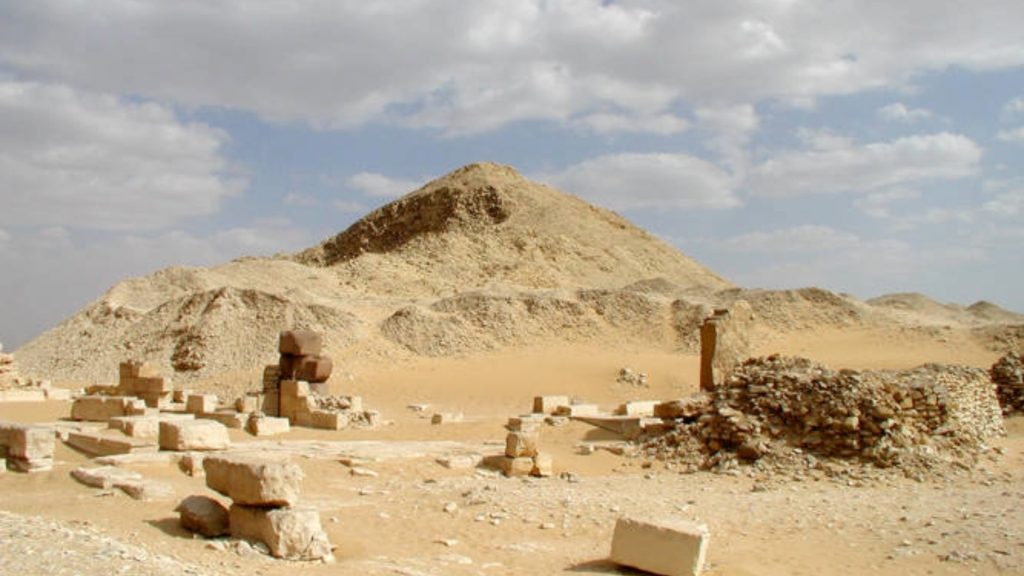
A. 45 years
B. 90 years
C. 71 years
D. 68 years
Answer: B. 90 years
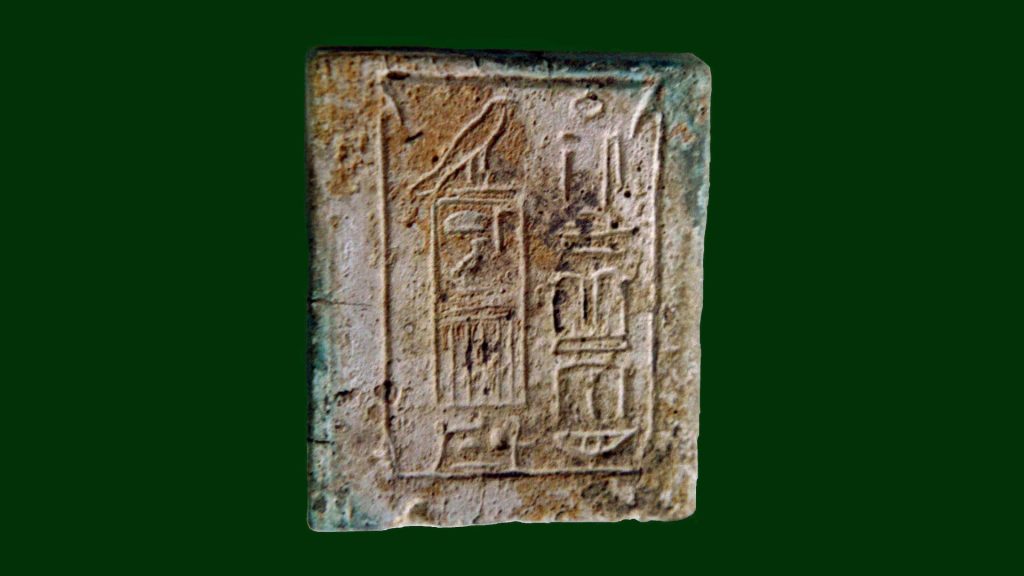
Insight: Pepi II, a Pharaoh way back in Egypt’s Old Kingdom, holds the record for the longest reign. Can you believe he started ruling at just six years old and kept it going for an impressive 90 years!
63. The final hieroglyphic inscription, dated 394 CE, is located where?
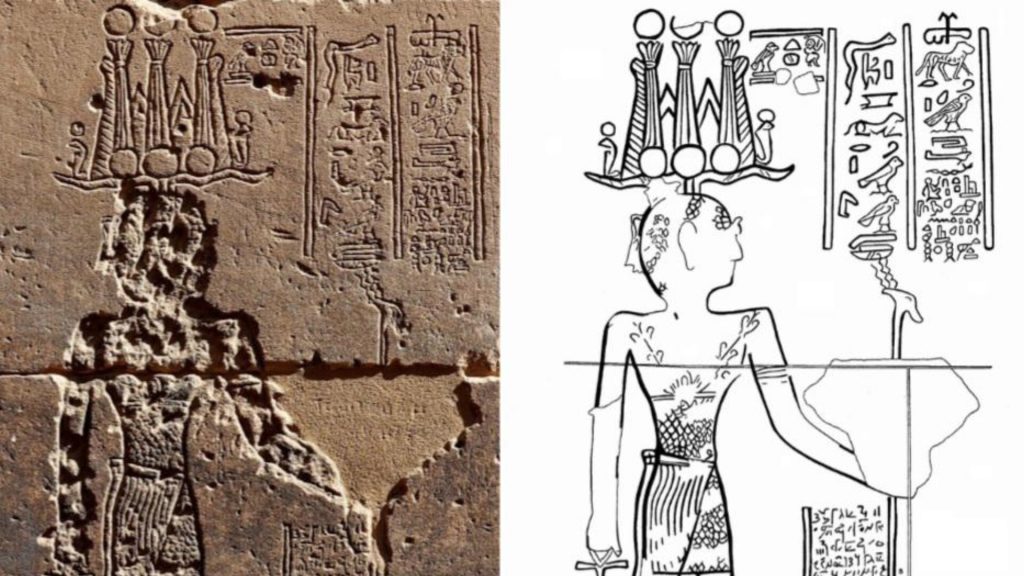
A. Temple of Alexandria
B. Isis Temple of Philae
C. Luxor Temple
D. Great Pyramid of Giza
Answer: B. Isis Temple of Philae
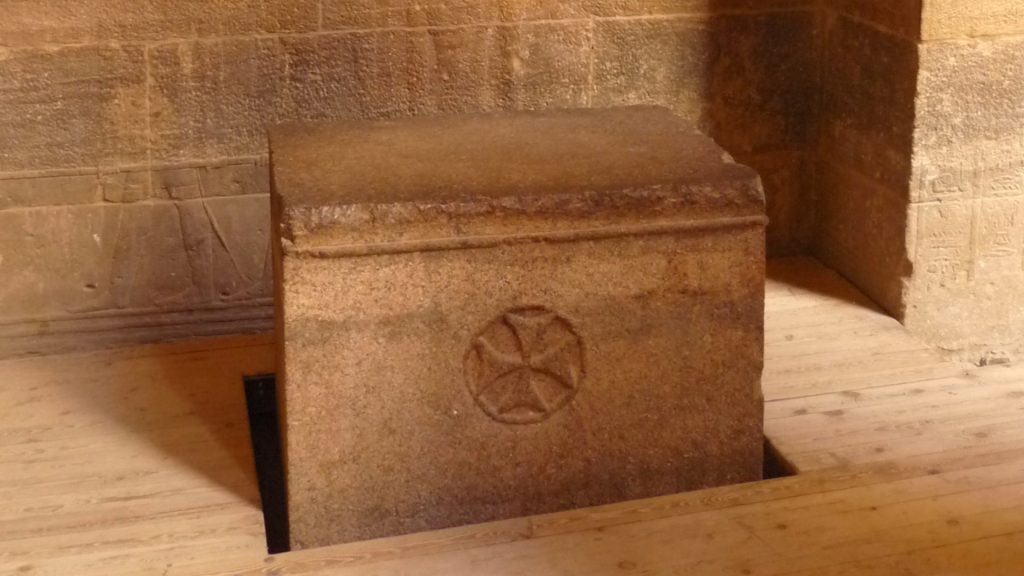
Insight: Built as a tribute to Isis, the Philae Temple in Egypt was a major religious center. Remarkably, a priest named Esmet-Akhom left his mark on history with the last hieroglyphic inscription carved there in 394 CE. Though the original site is underwater, the temple itself was relocated, allowing visitors to witness its grandeur today.
64. Who was the last pharaoh of the fifth Dynasty, known for being the first to have internal walls of a pyramid inscribed with Pyramid Texts?
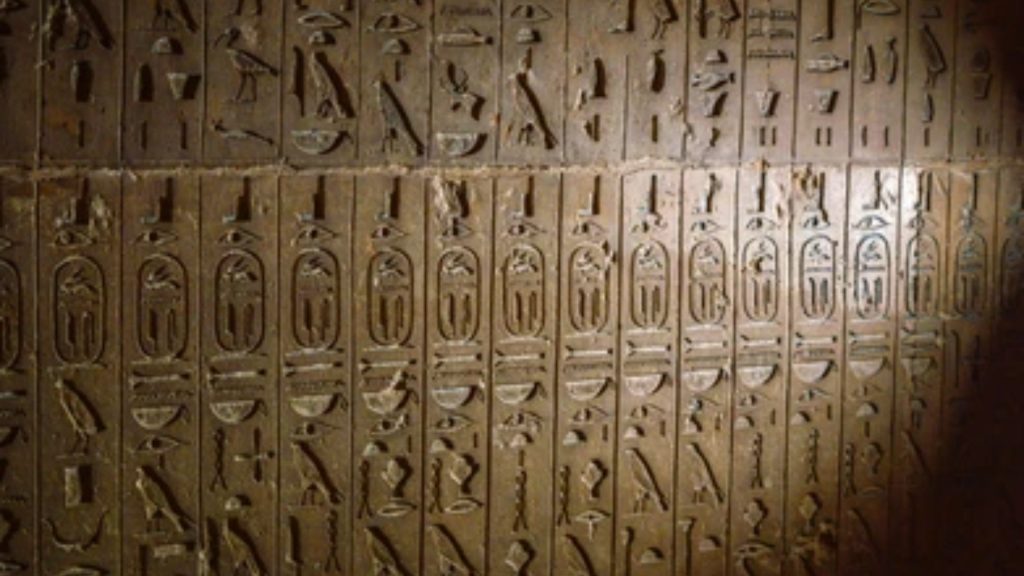
A. Unas
B. Djoser
C. Sahura
D. Khufu
Answer: A. Unas
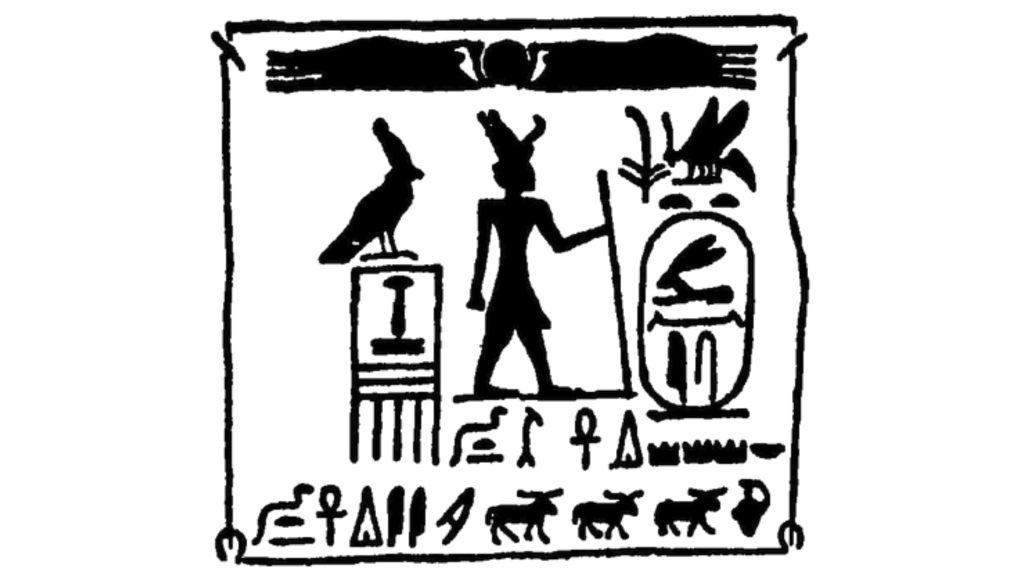
Insight: Though the last king of the 5th dynasty, Unas is most remembered for something else entirely. He pioneered the practice of inscribing pyramids with religious texts to aid the pharaoh’s afterlife journey, a tradition followed by many pharaohs to come.
65. What materials were used to construct the sarcophagus of Pharaoh Shoshenq III?
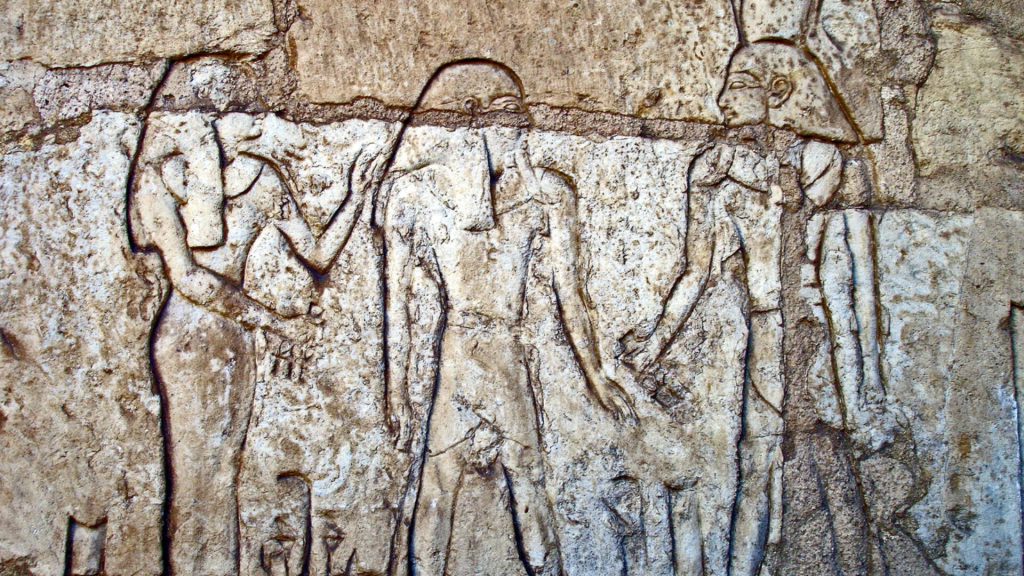
A. A fallen obelisk from the Middle Kingdom
B. An old statue
C. A 13th Dynasty lintel
D. Limestone from the Giza Plateau
Answer: C. A 13th Dynasty lintel
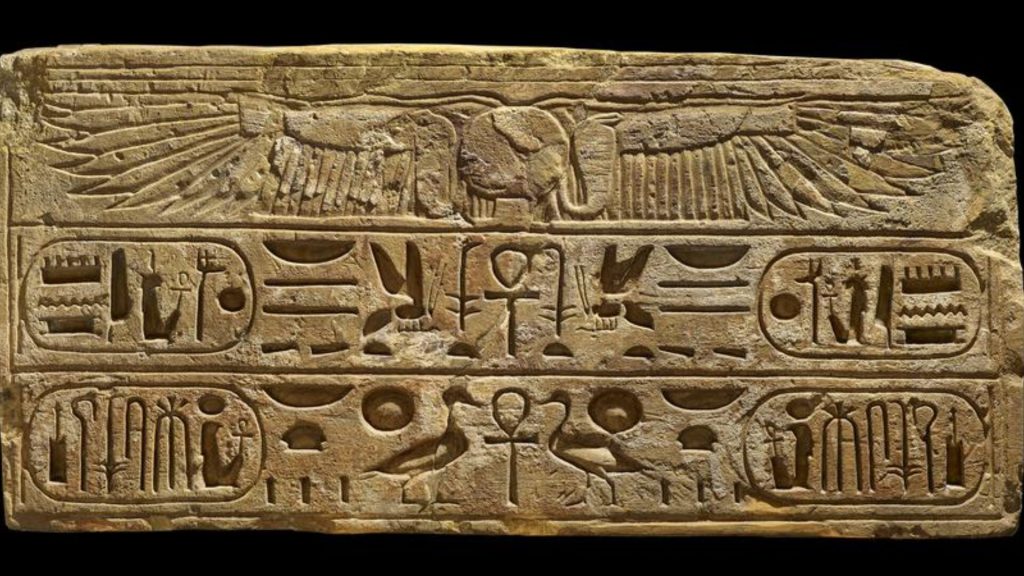
Insight: Shoshenq III’s sarcophagus wasn’t made from new materials, but from a recycled 13th Dynasty lintel! This wasn’t due to lack of resources, but a possible way to connect himself to the strong pharaohs of the past. It’s a fascinating example of honoring the past through recycled materials.

